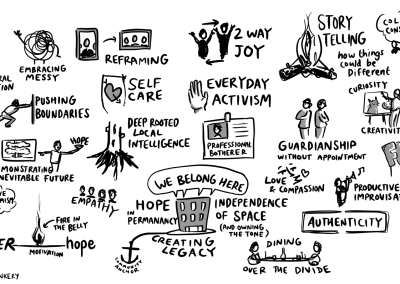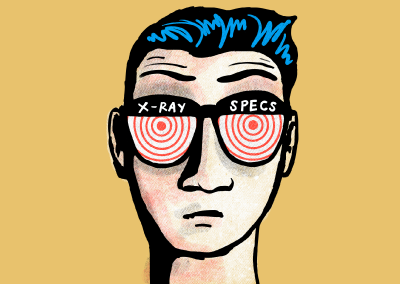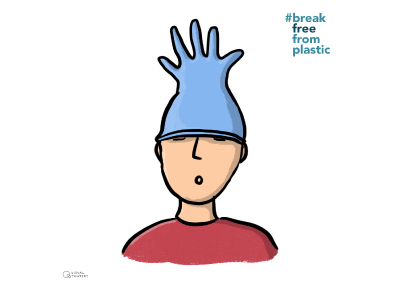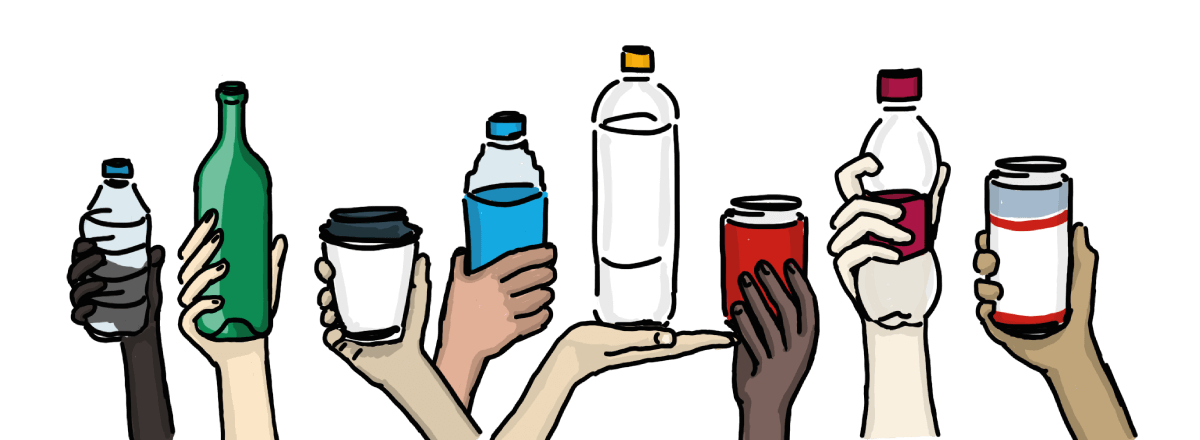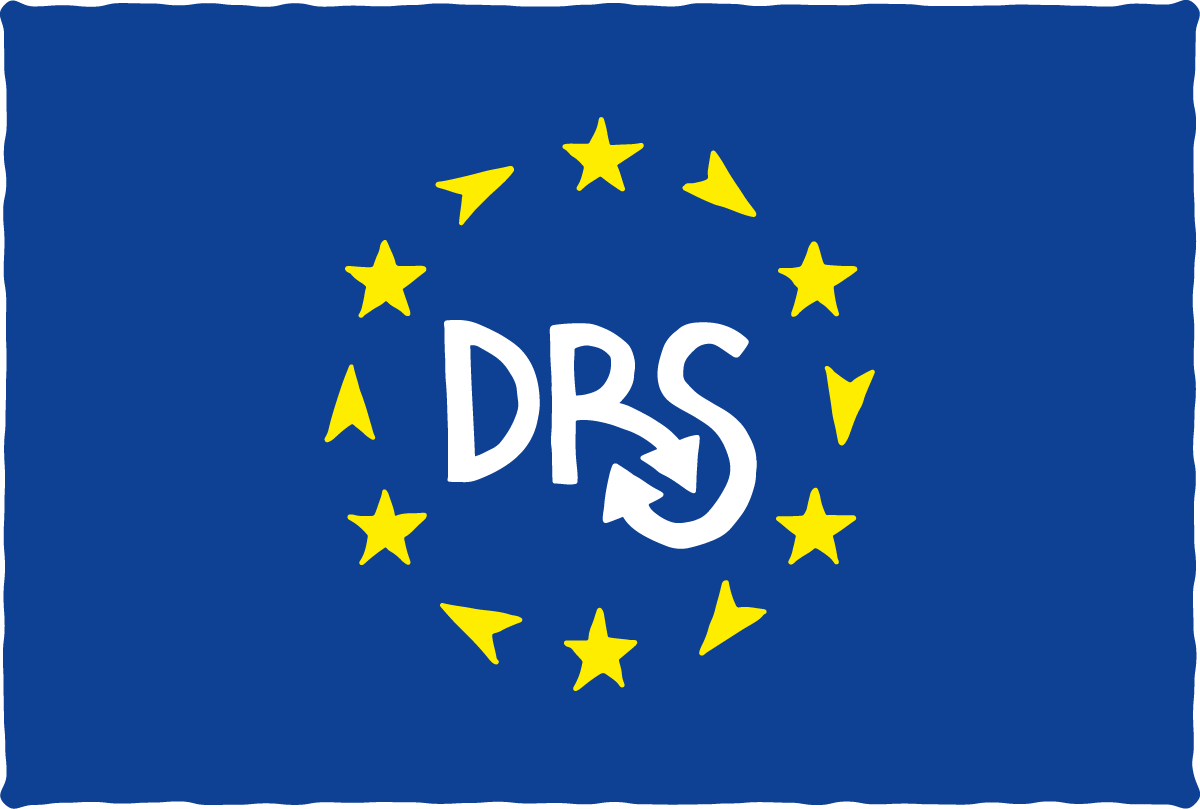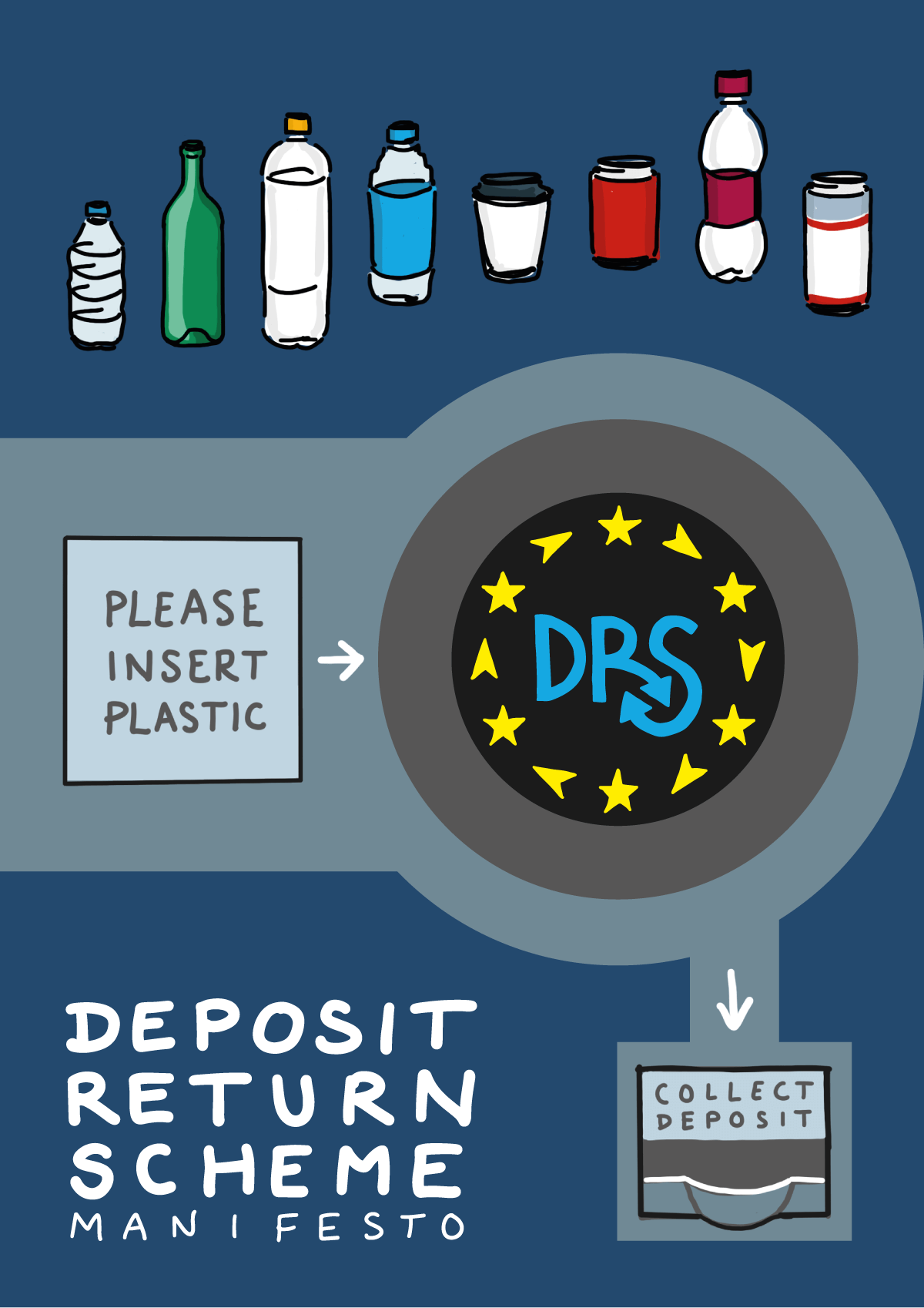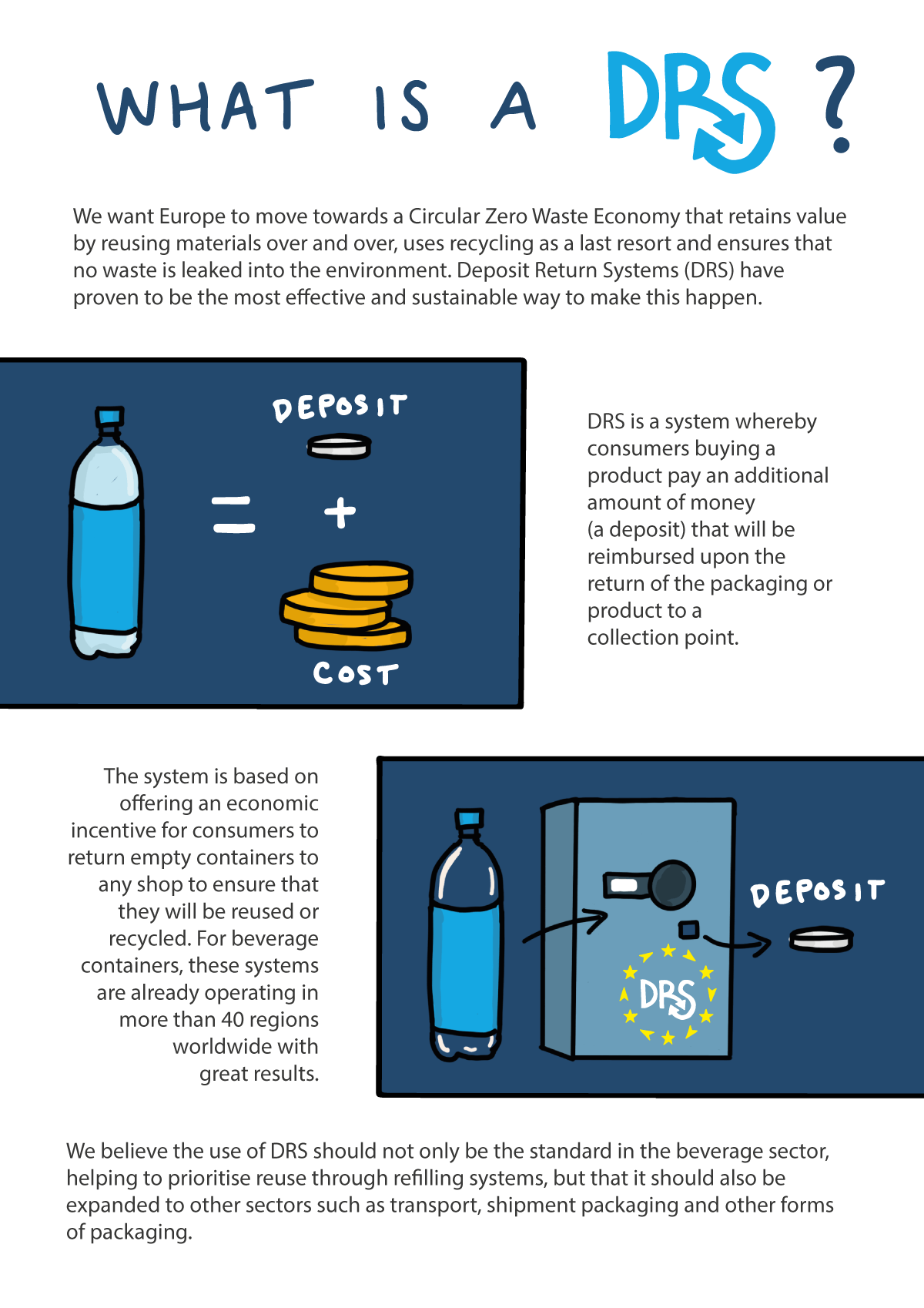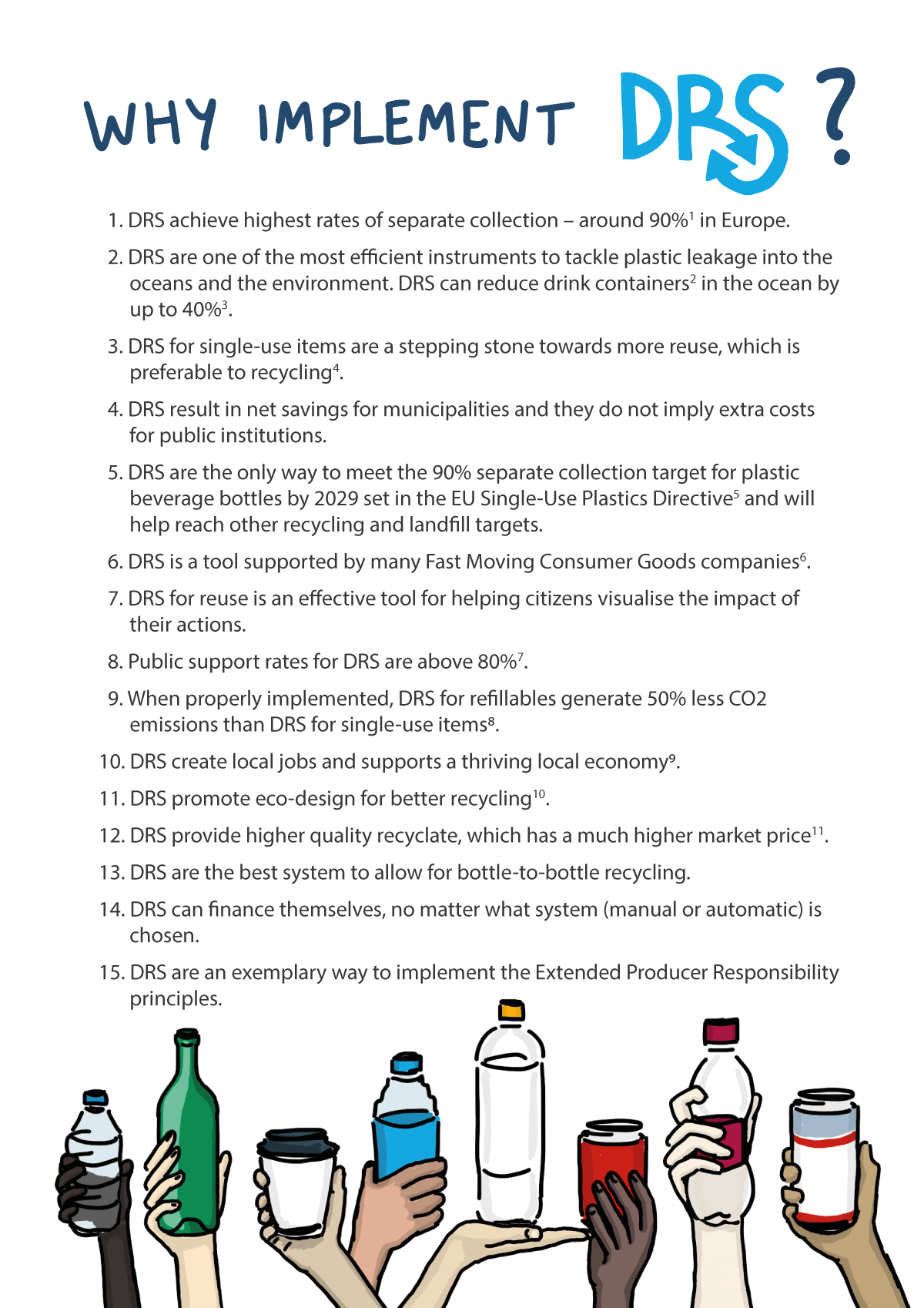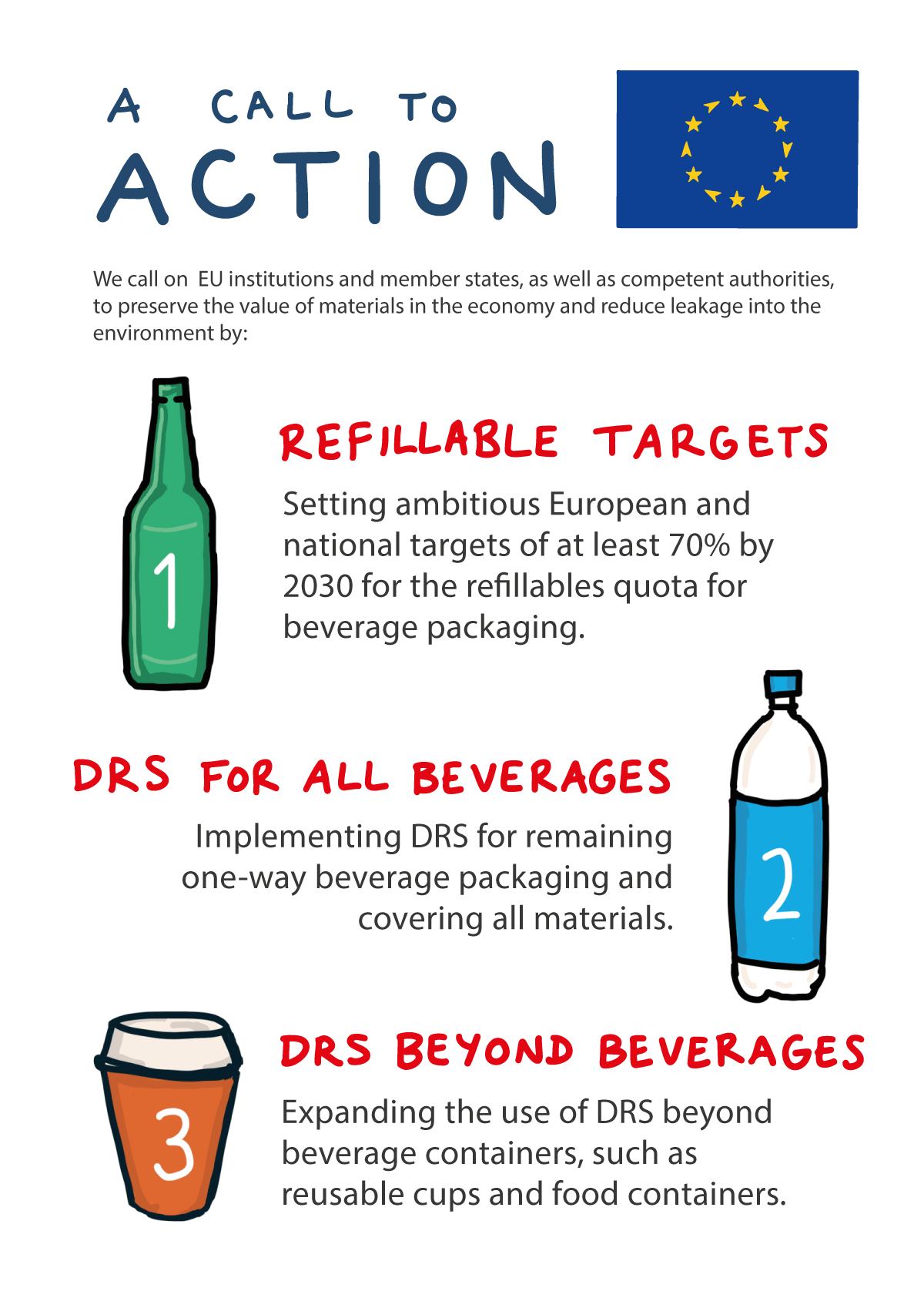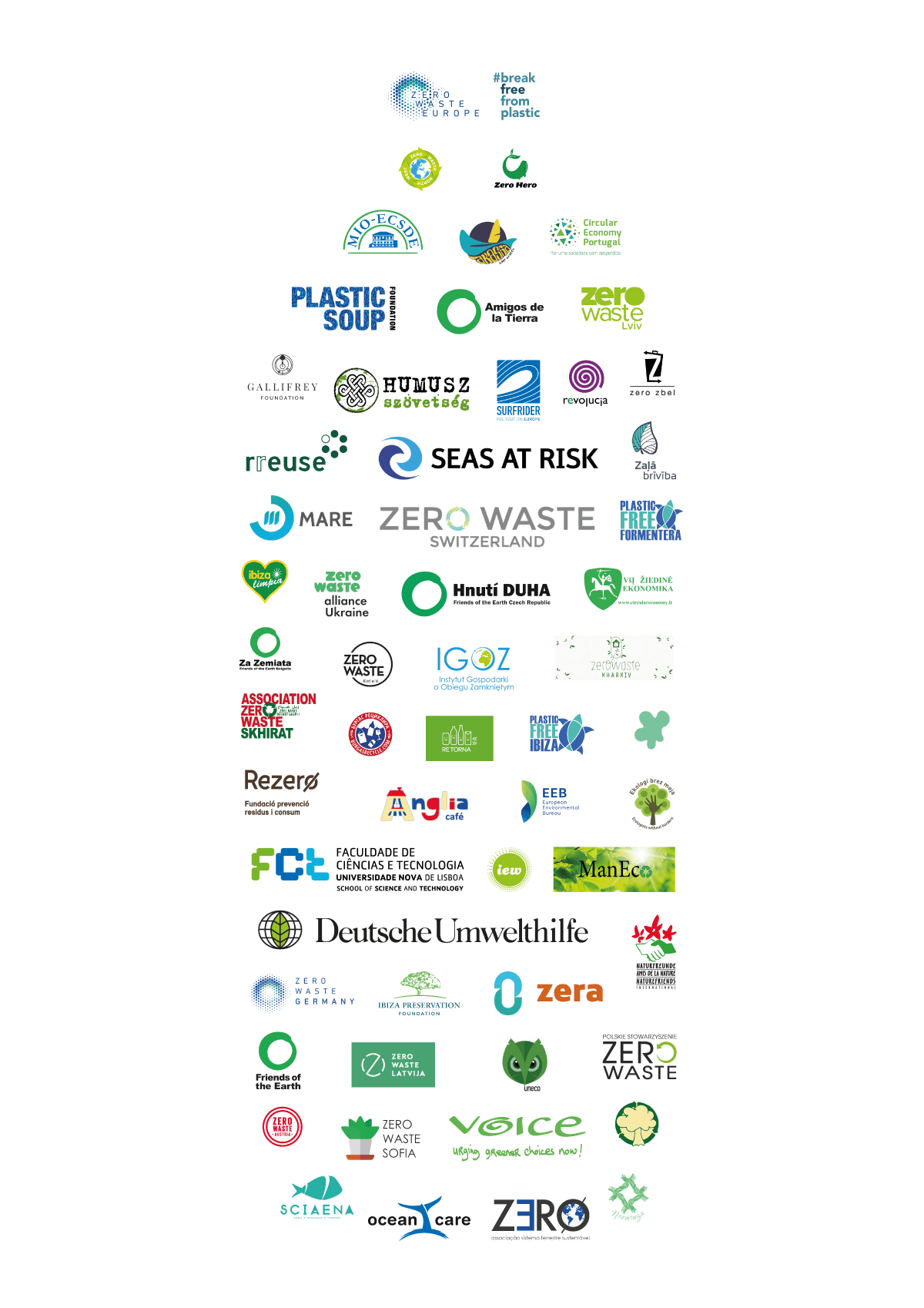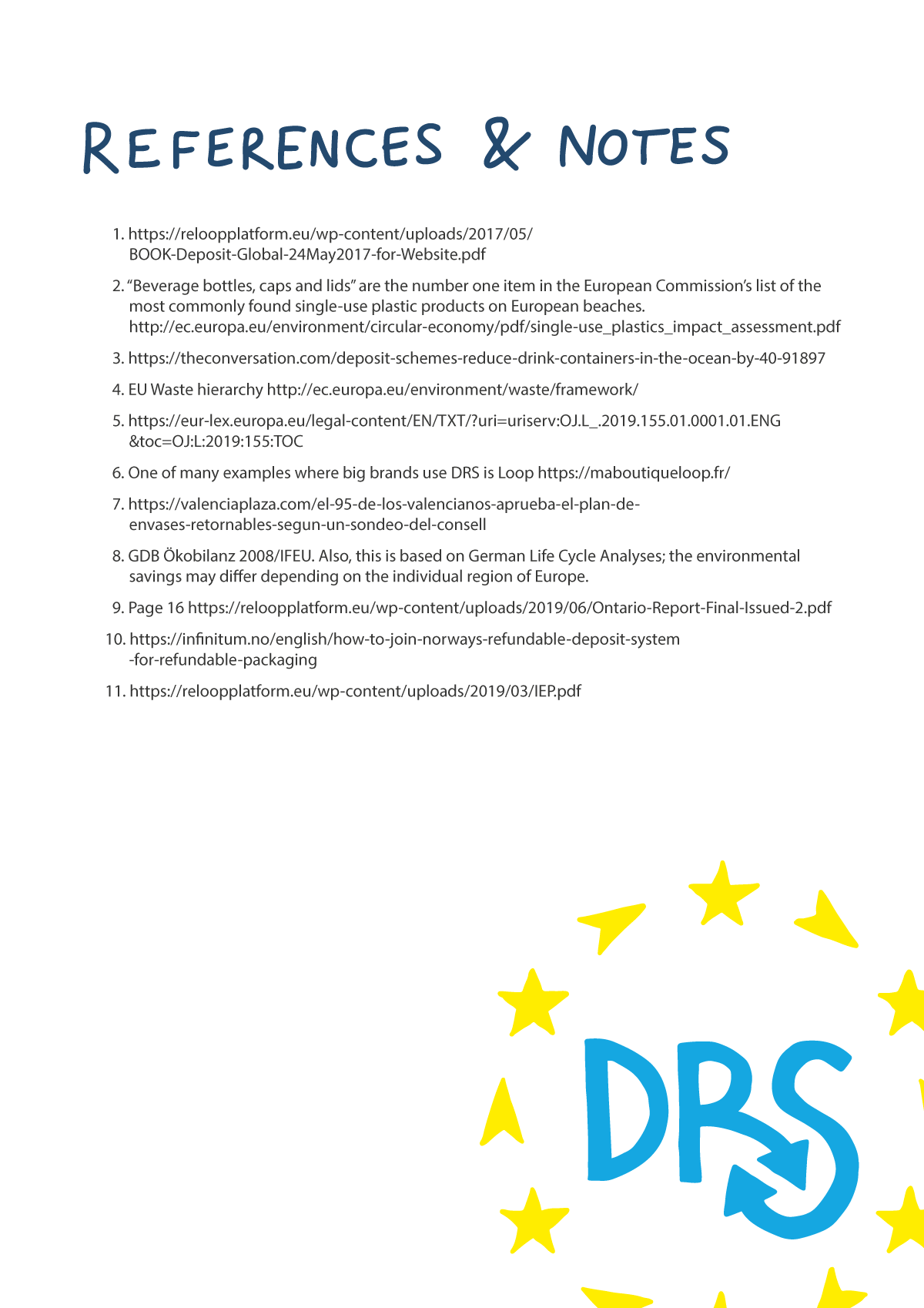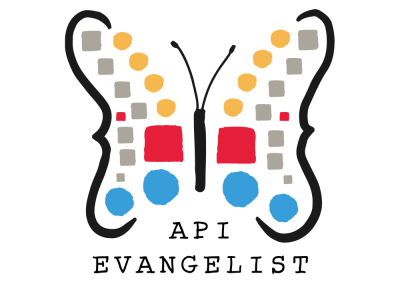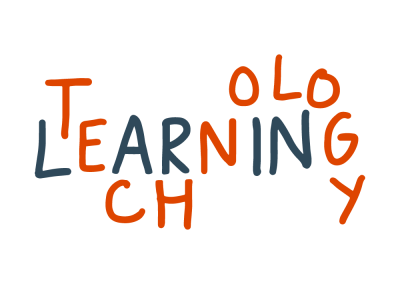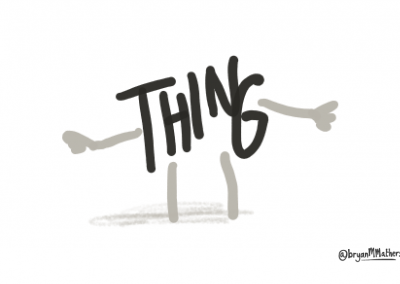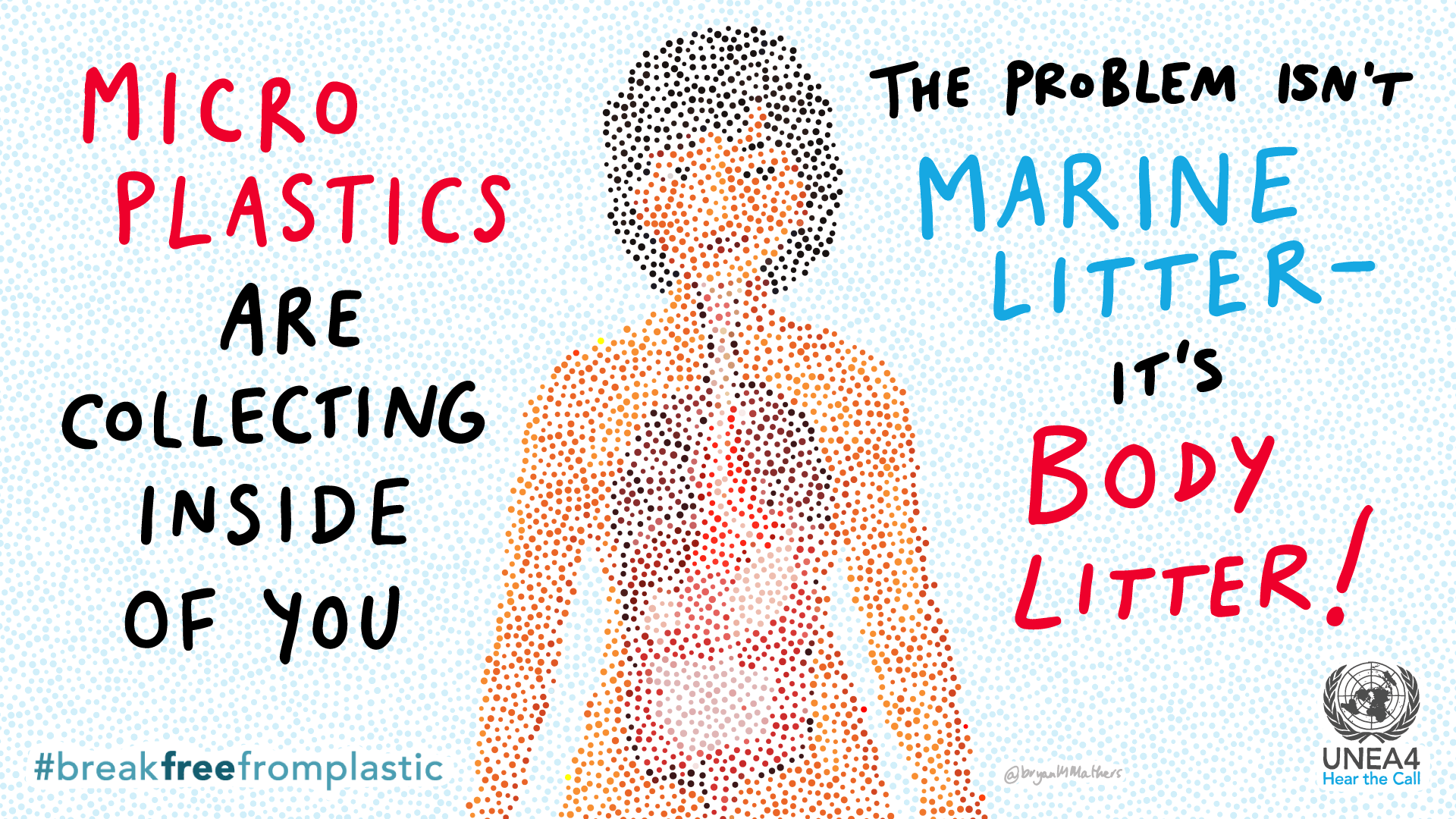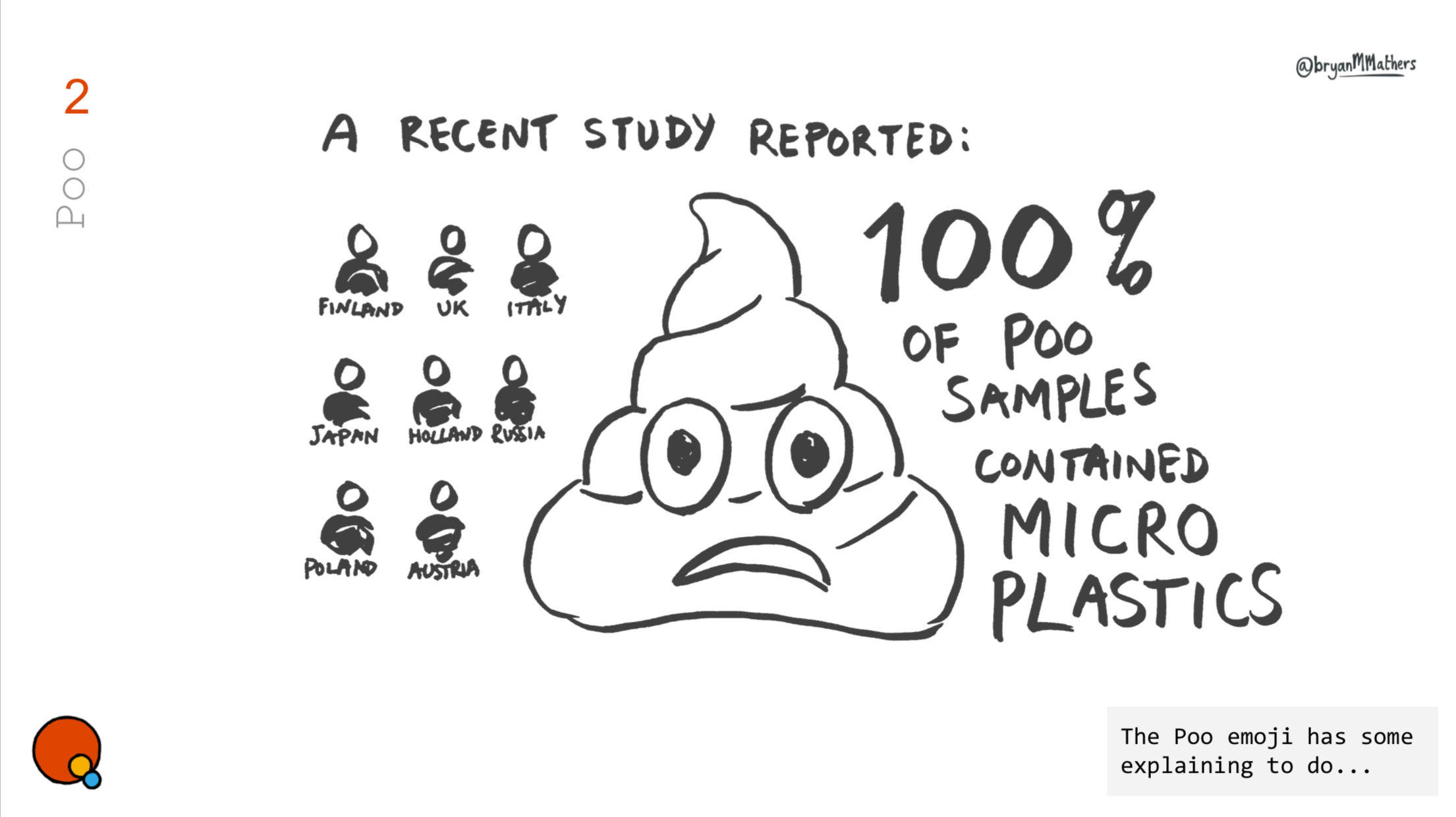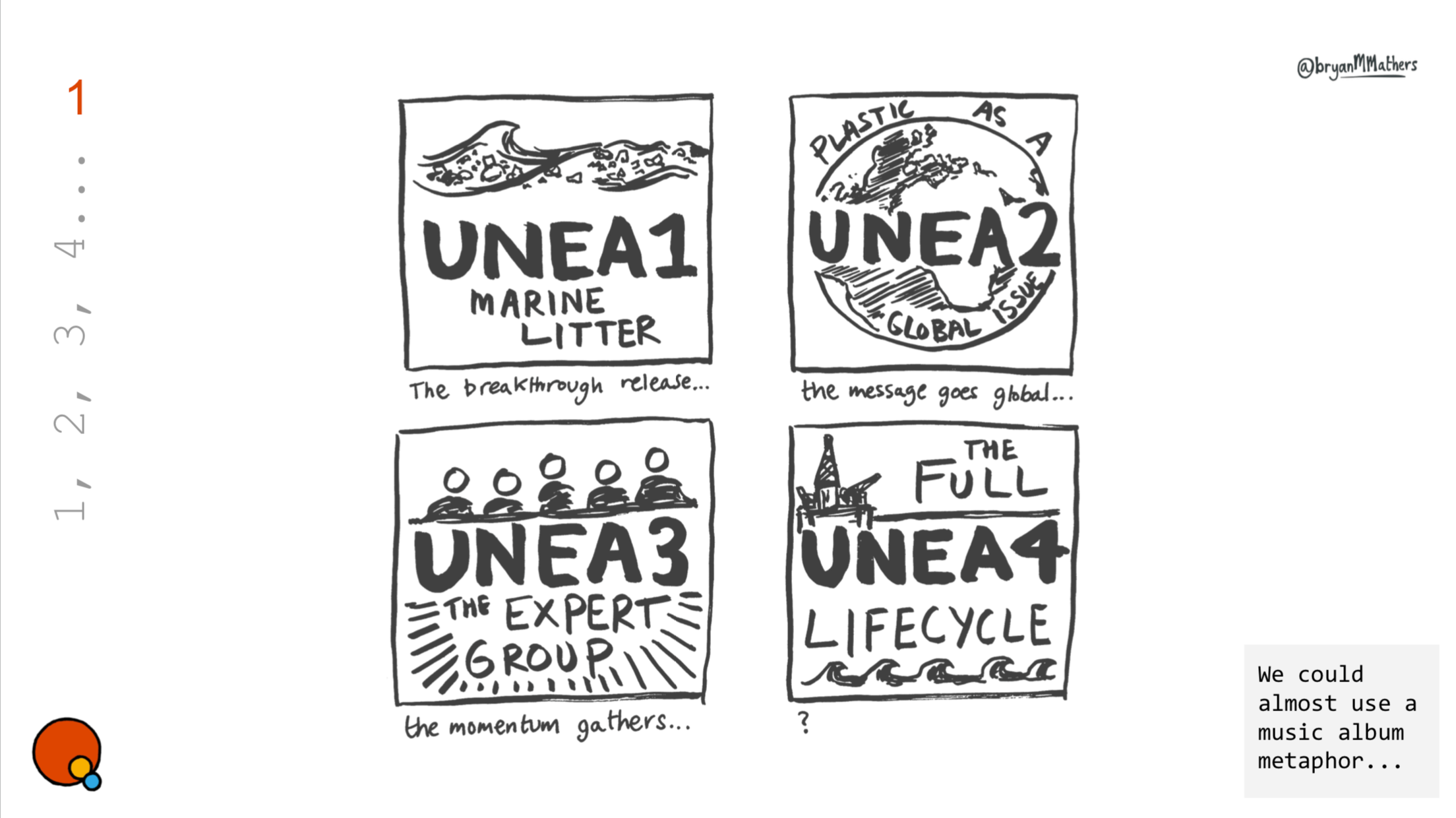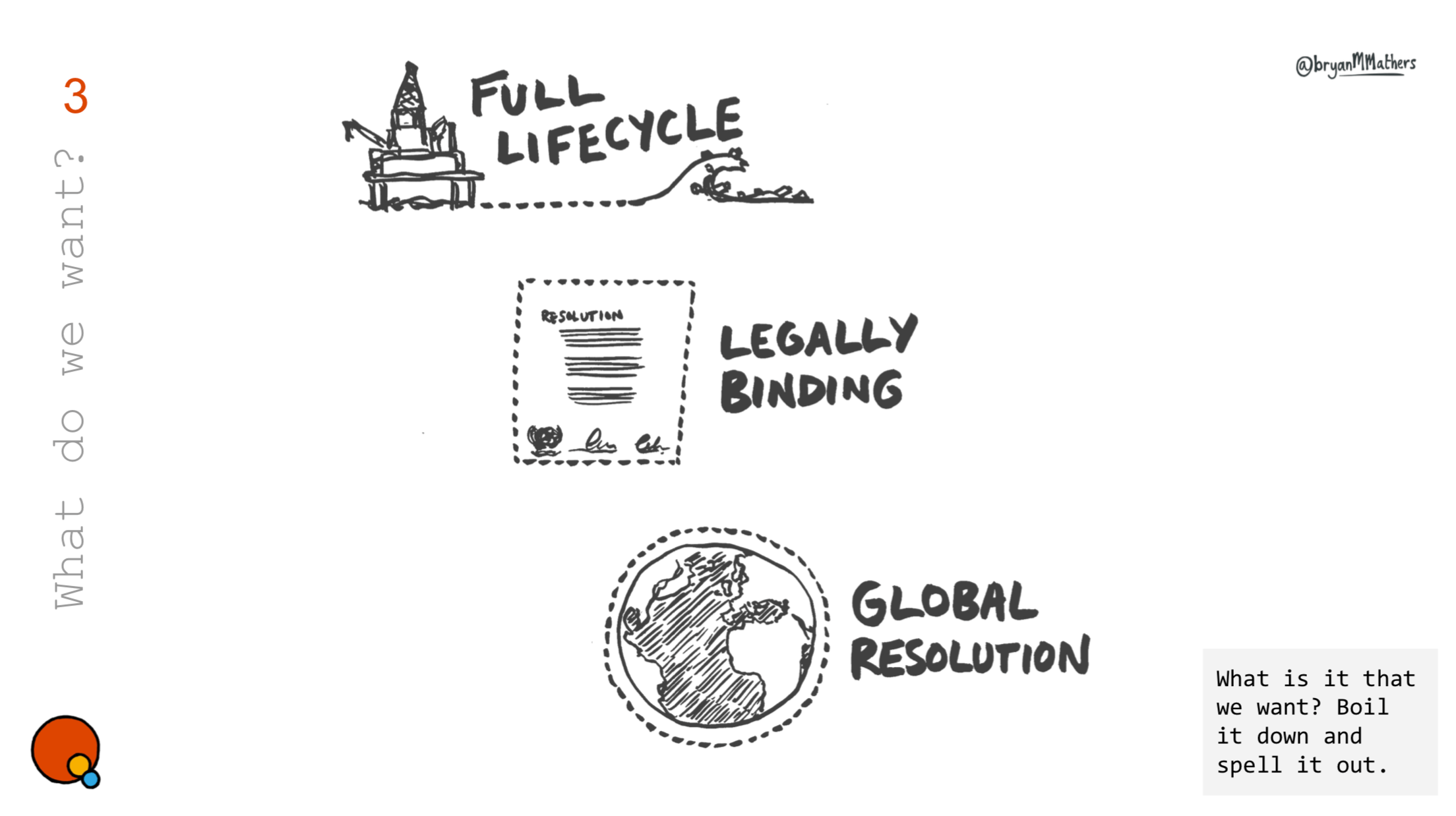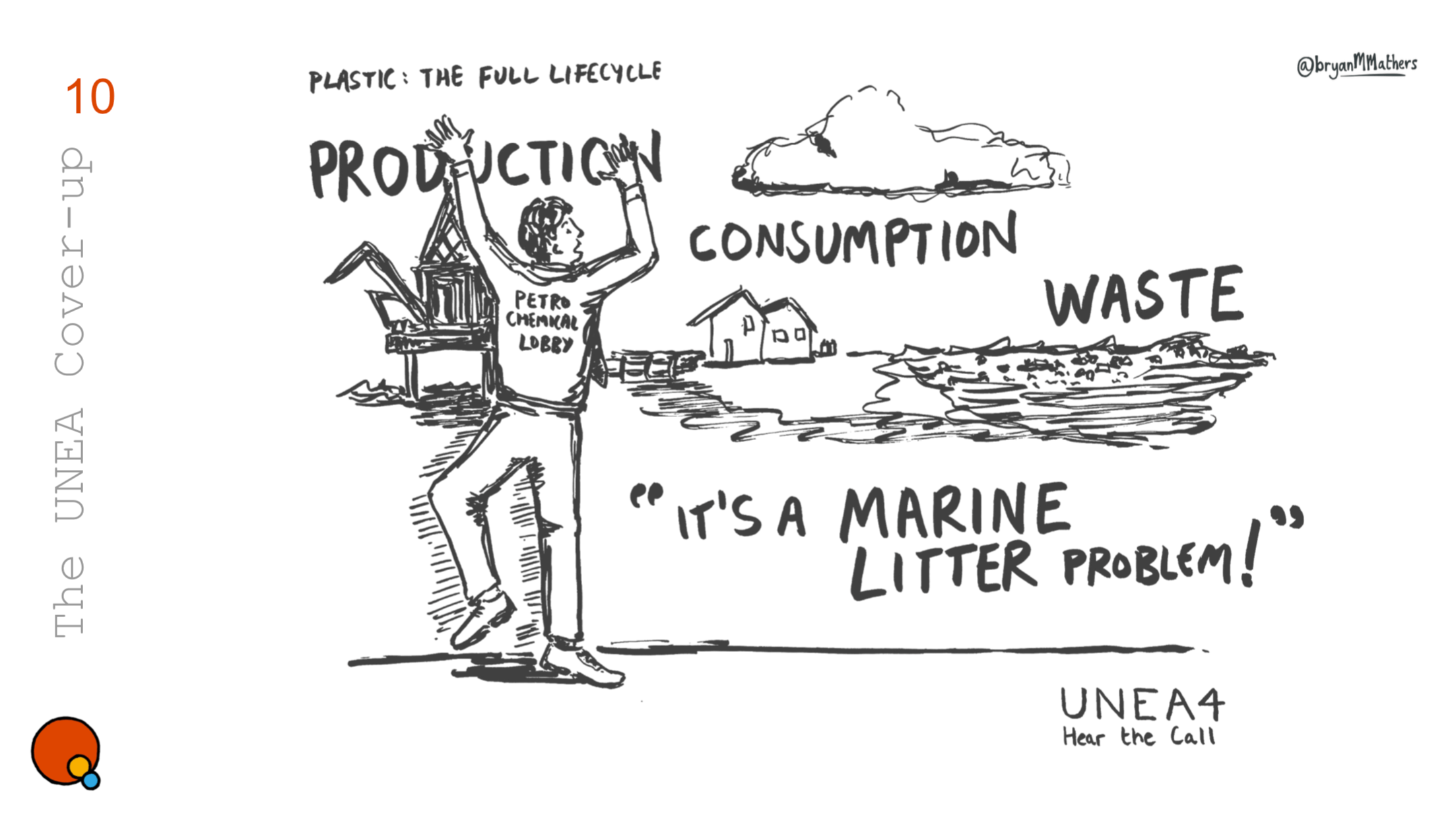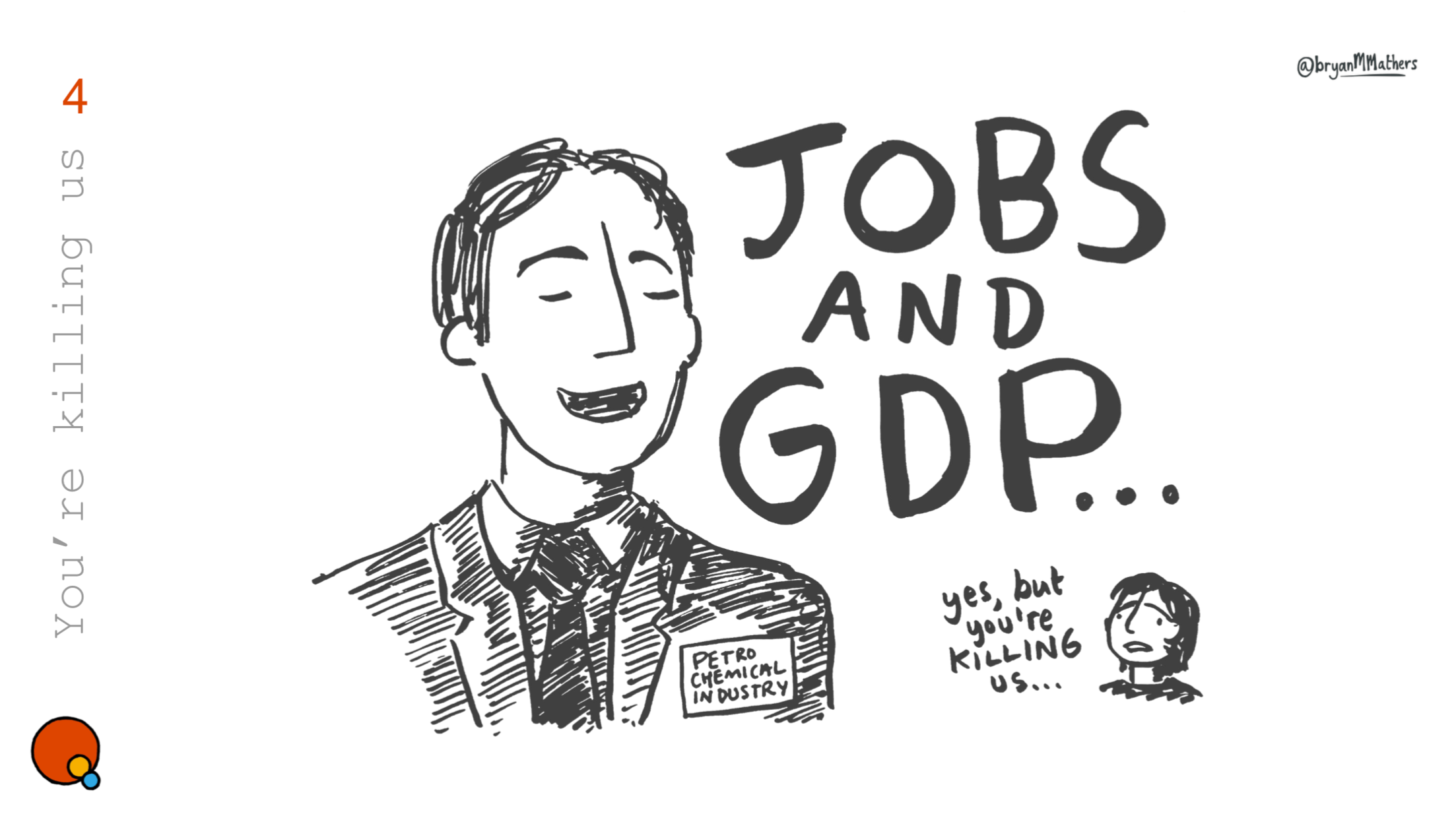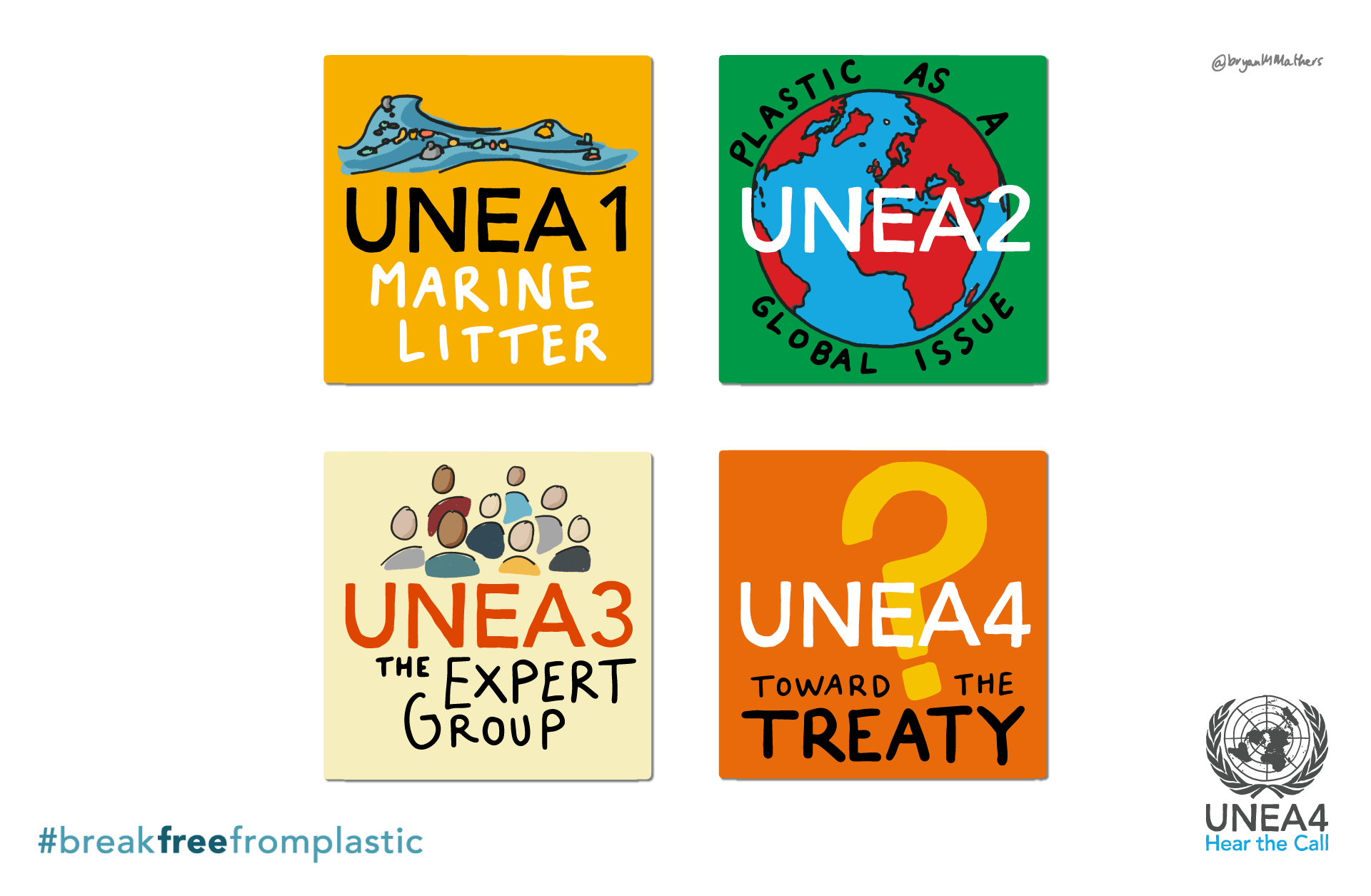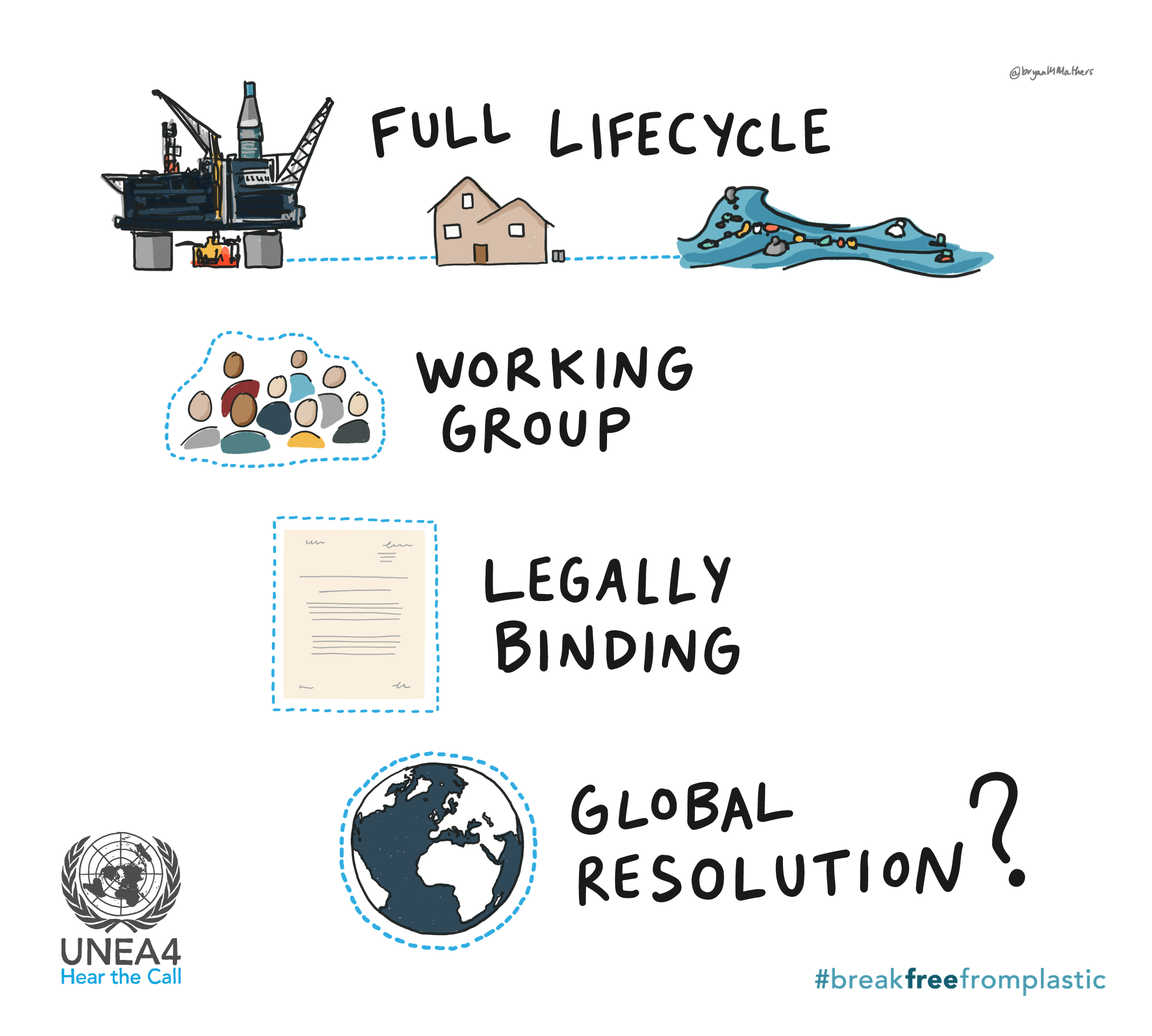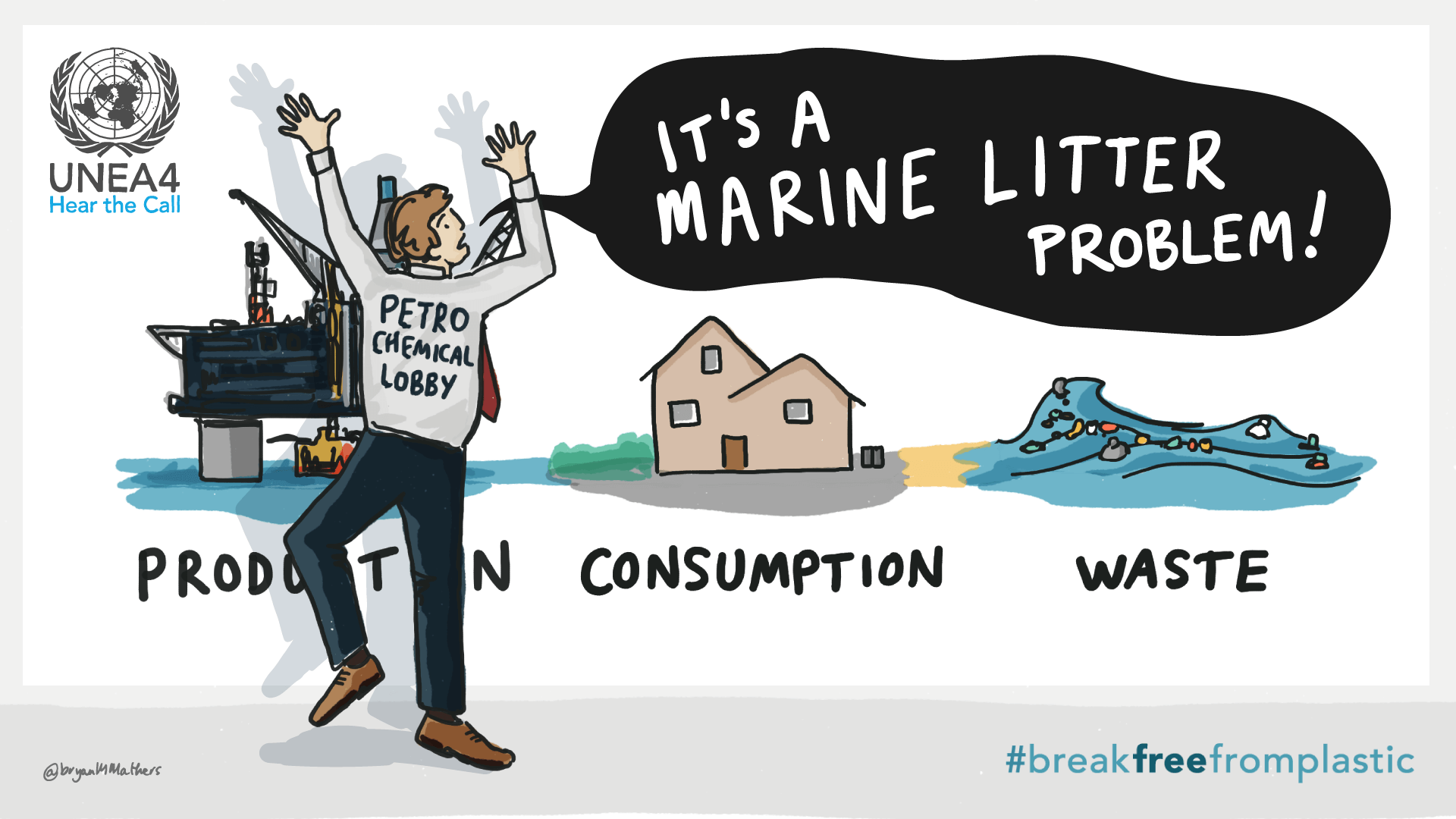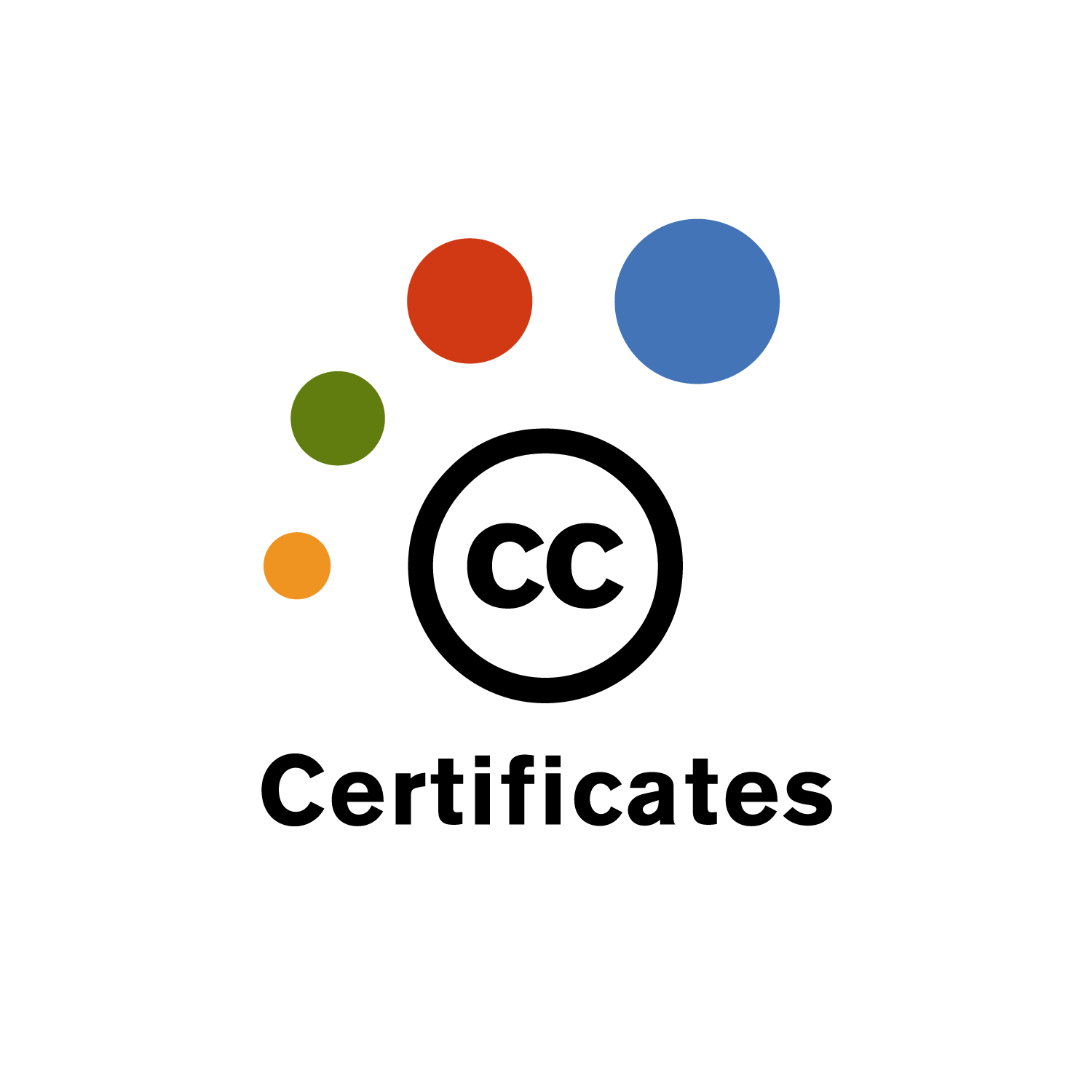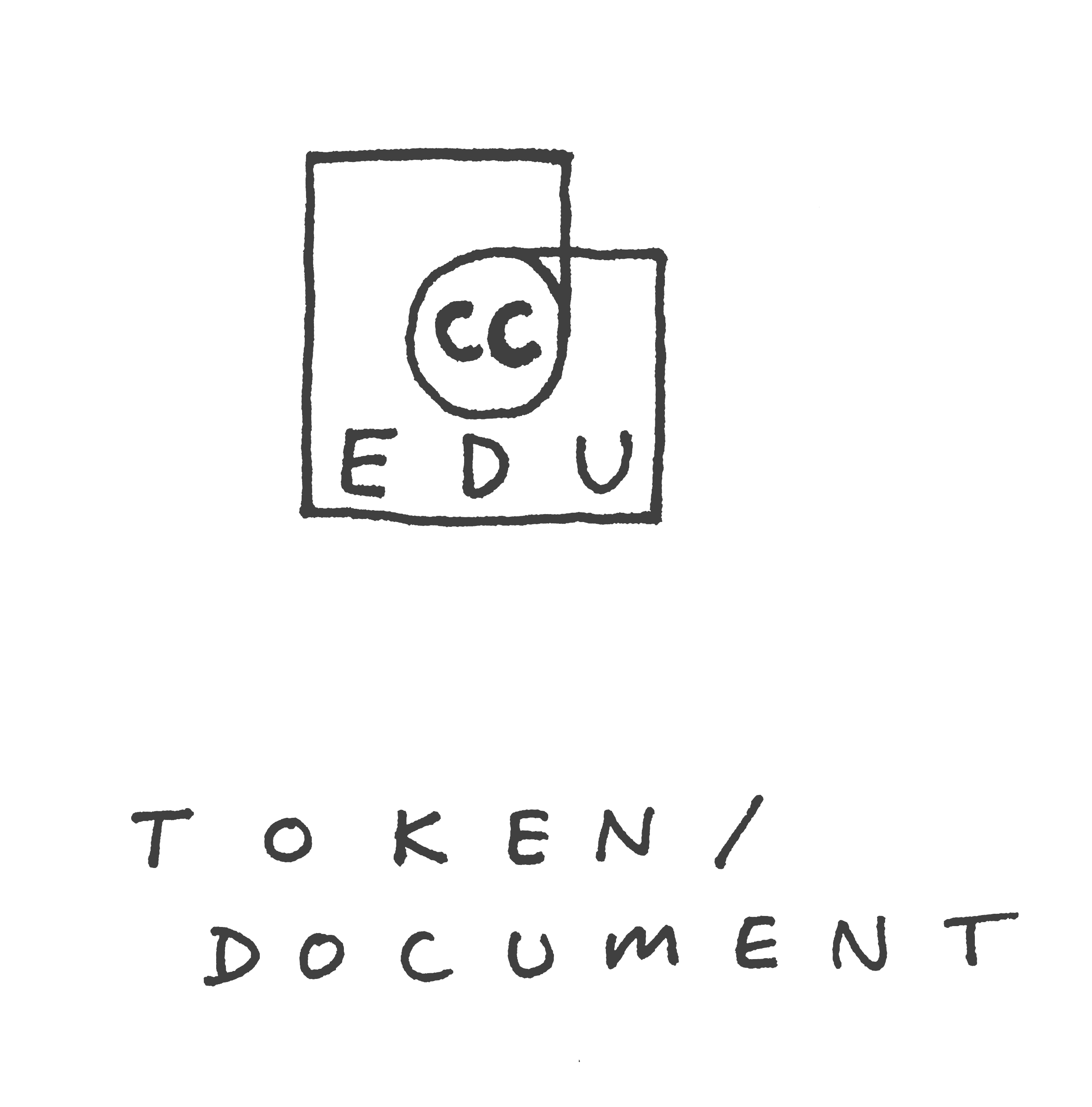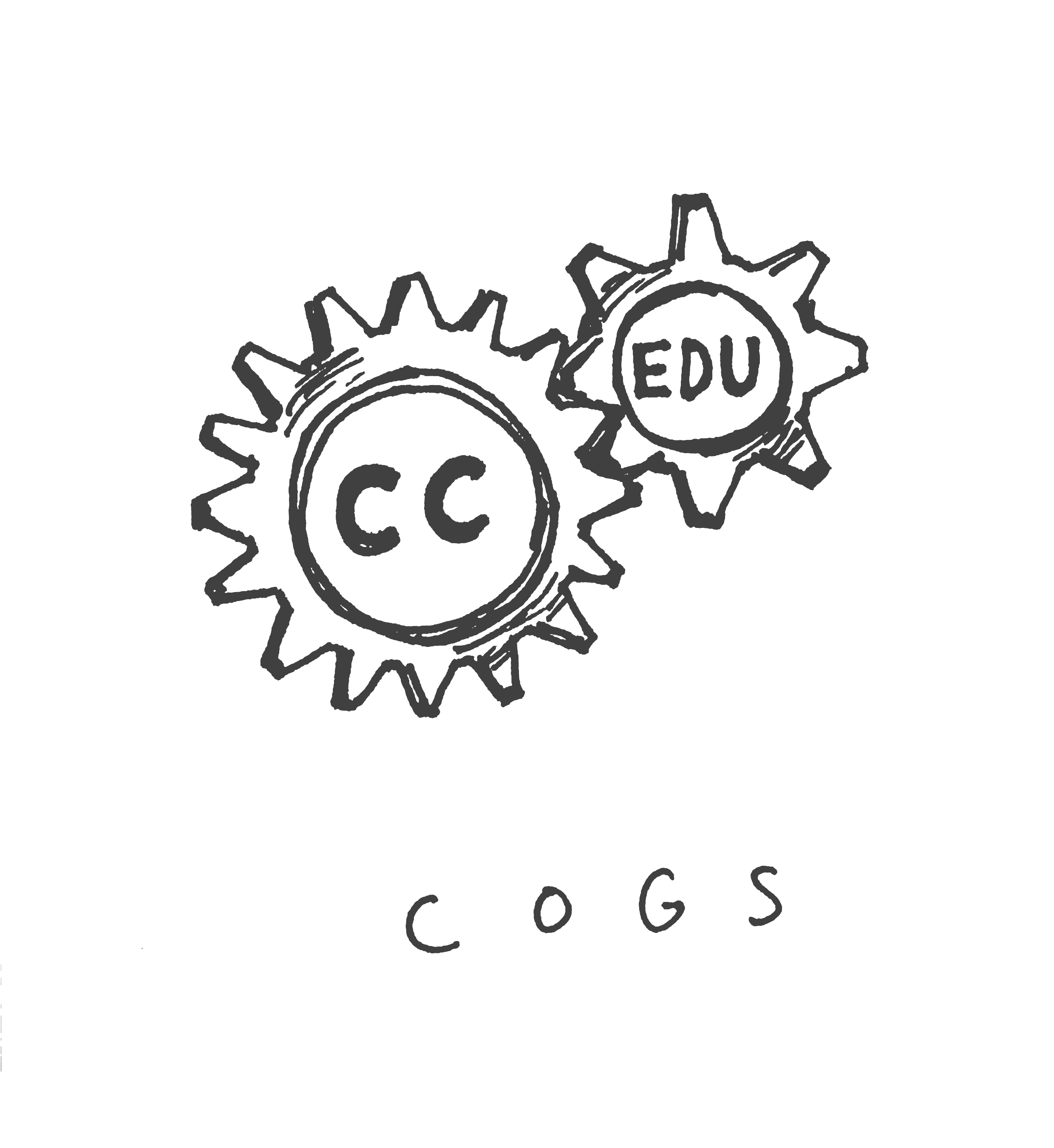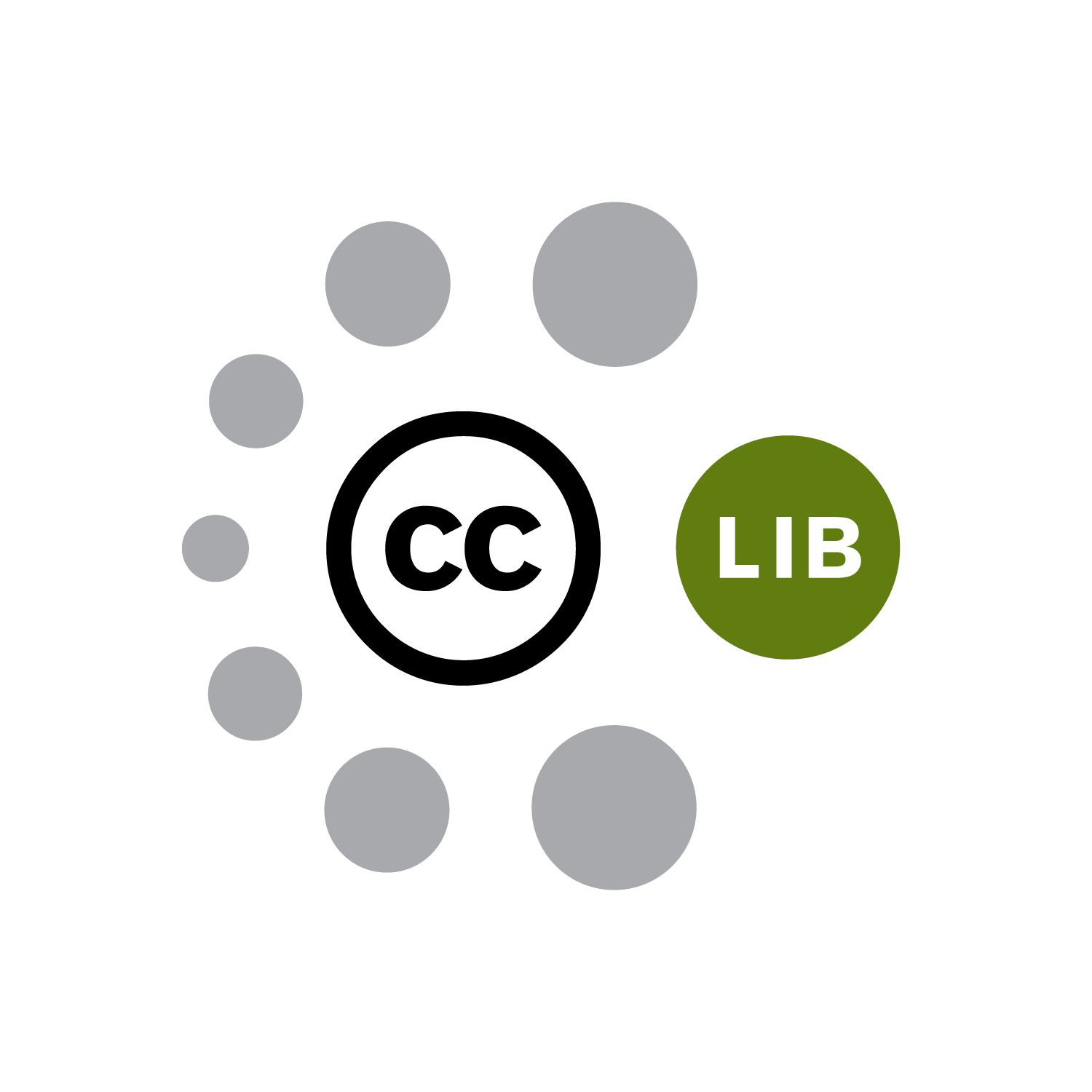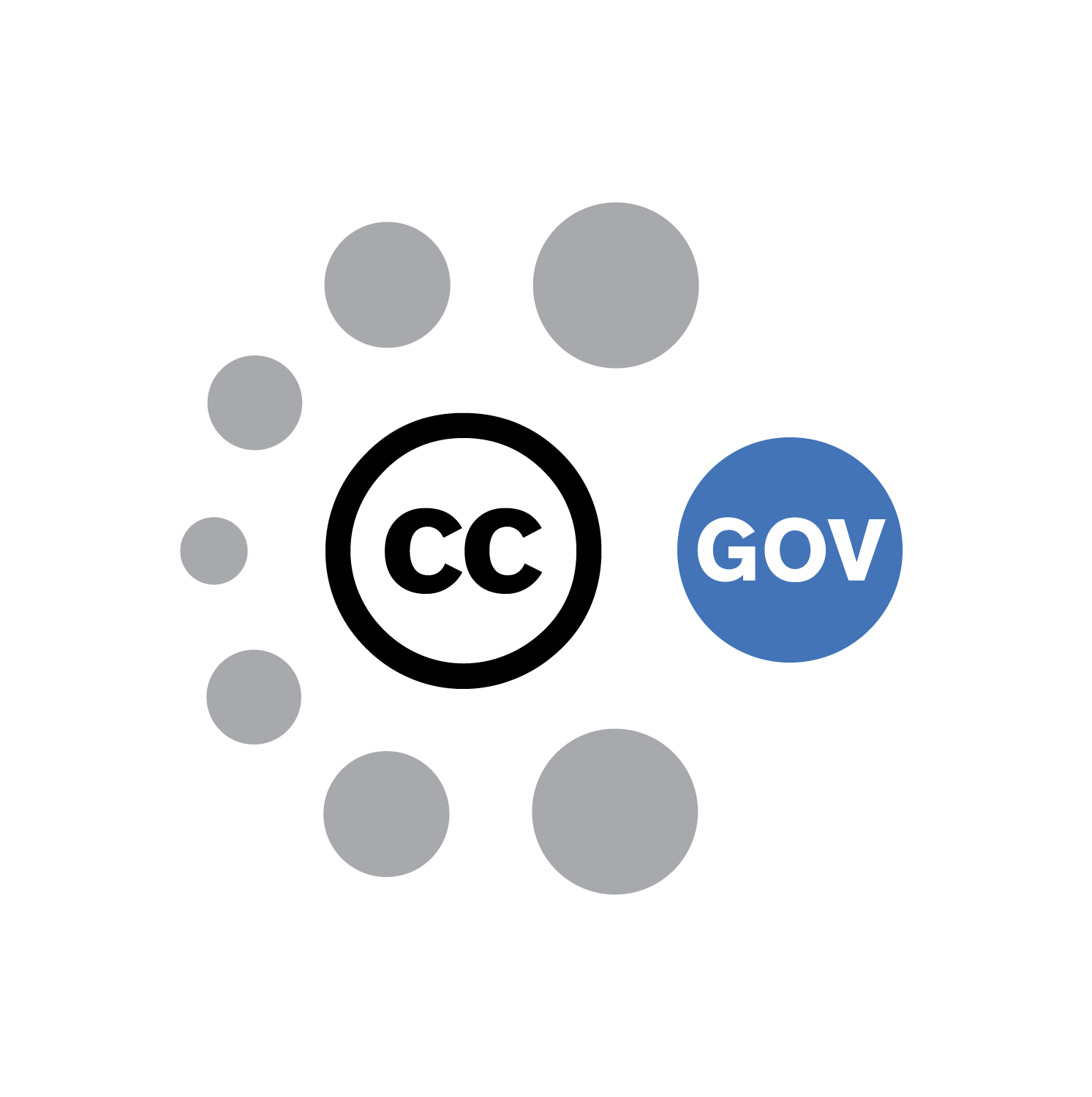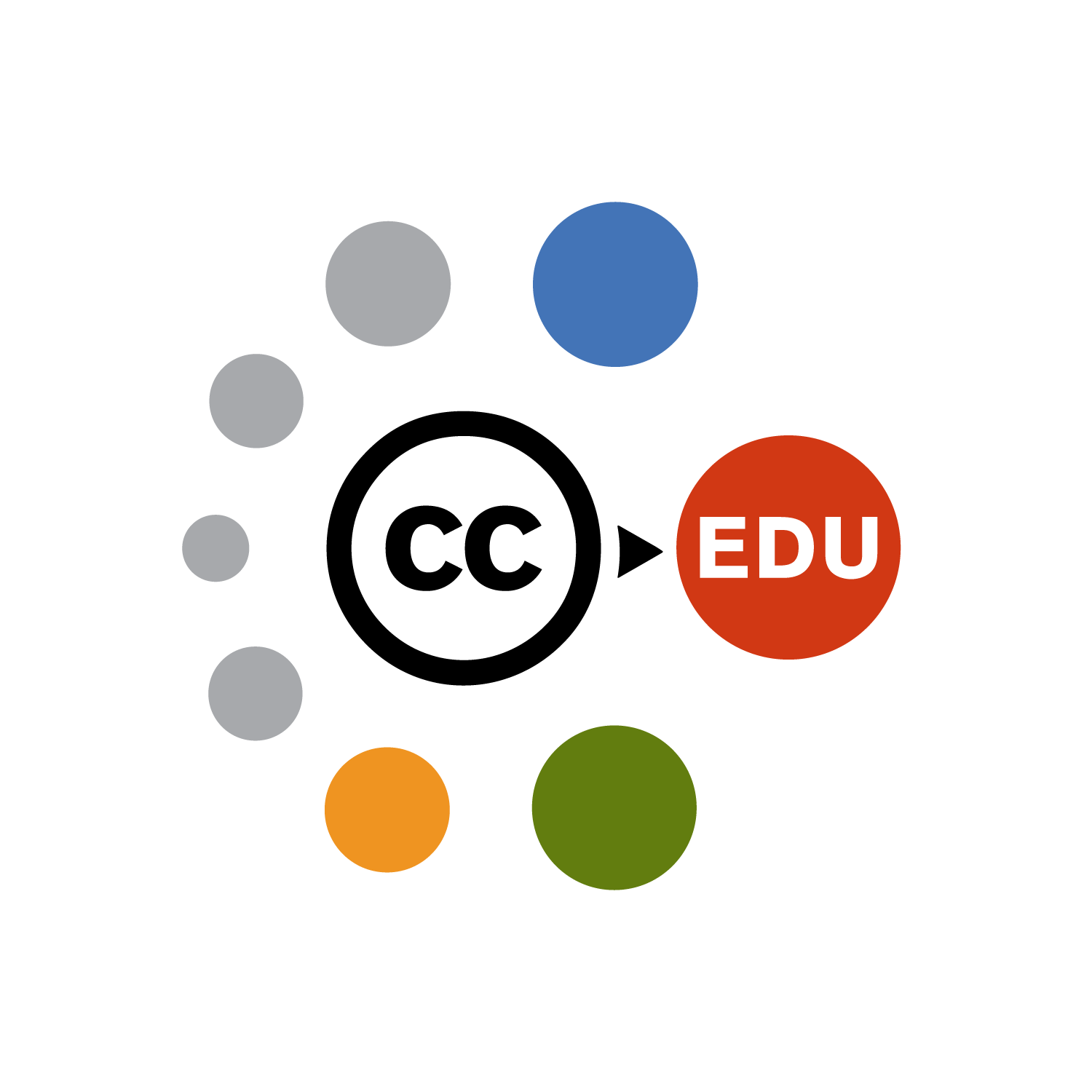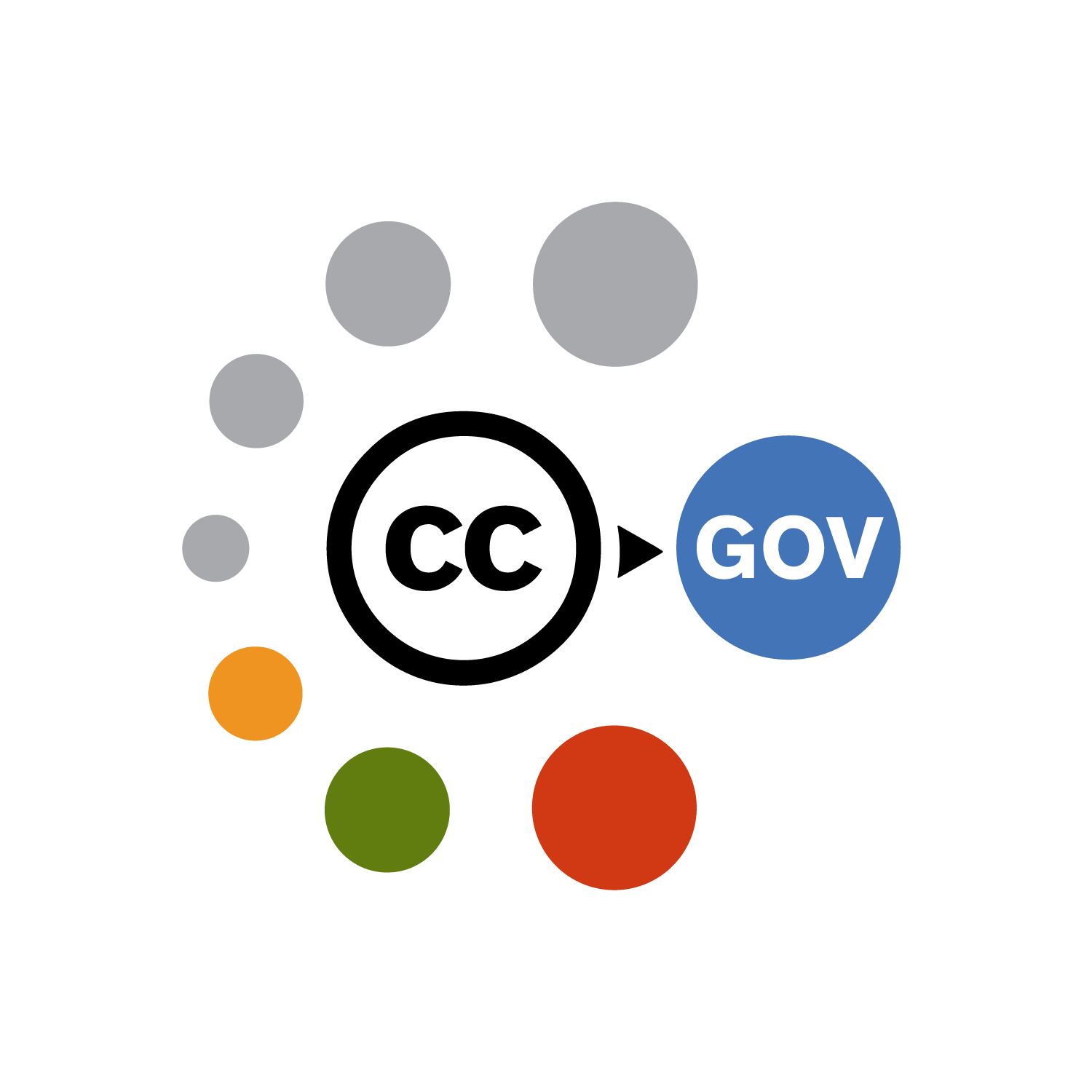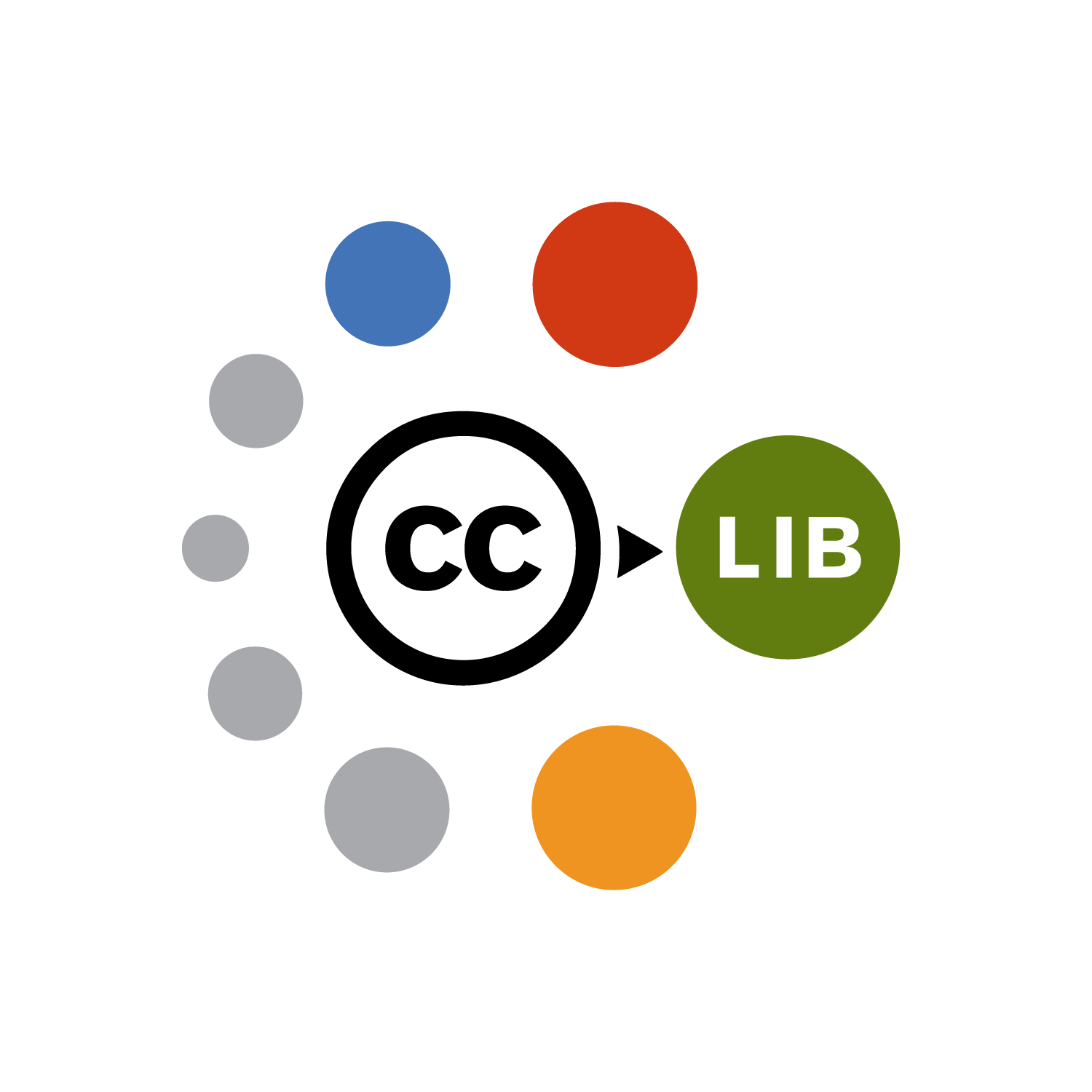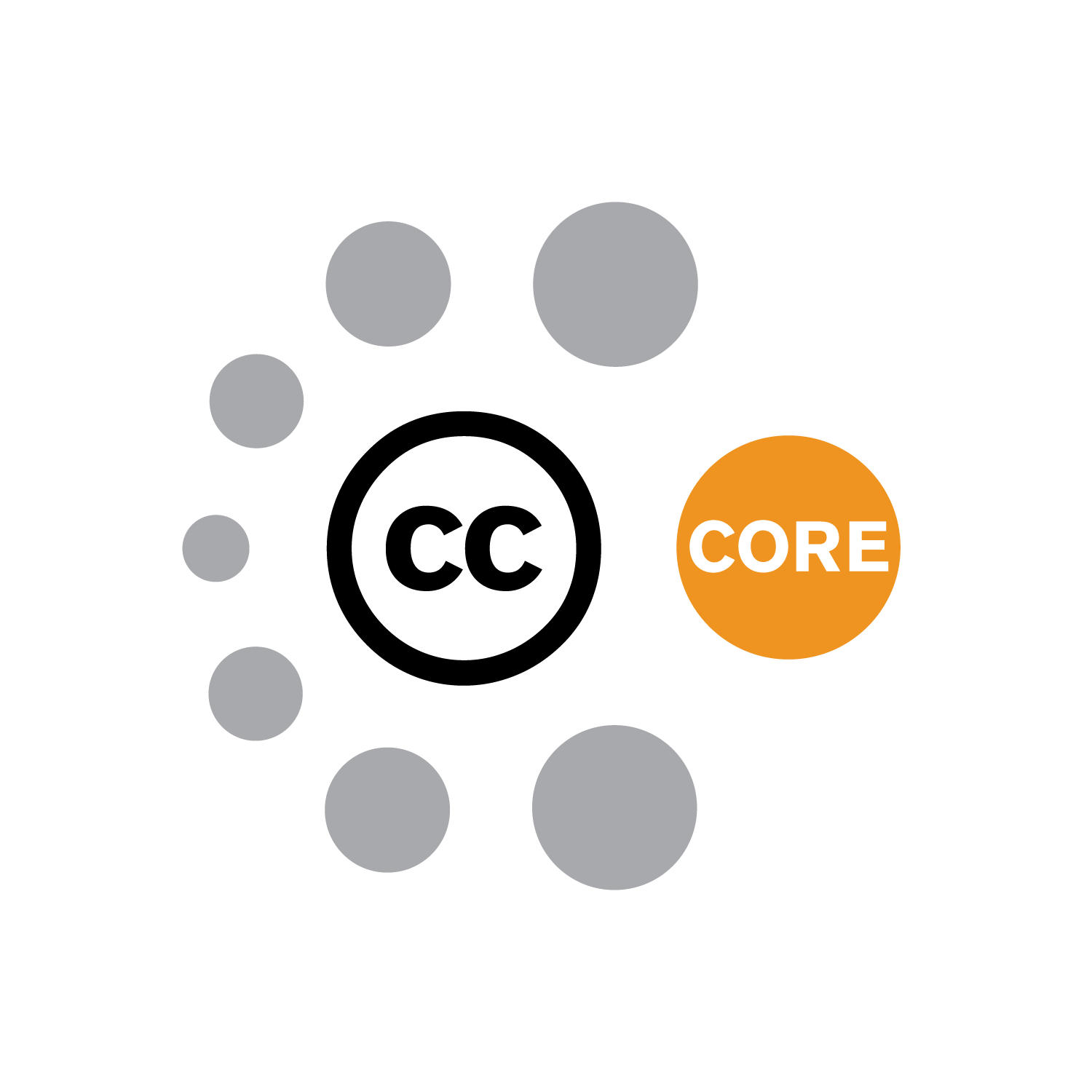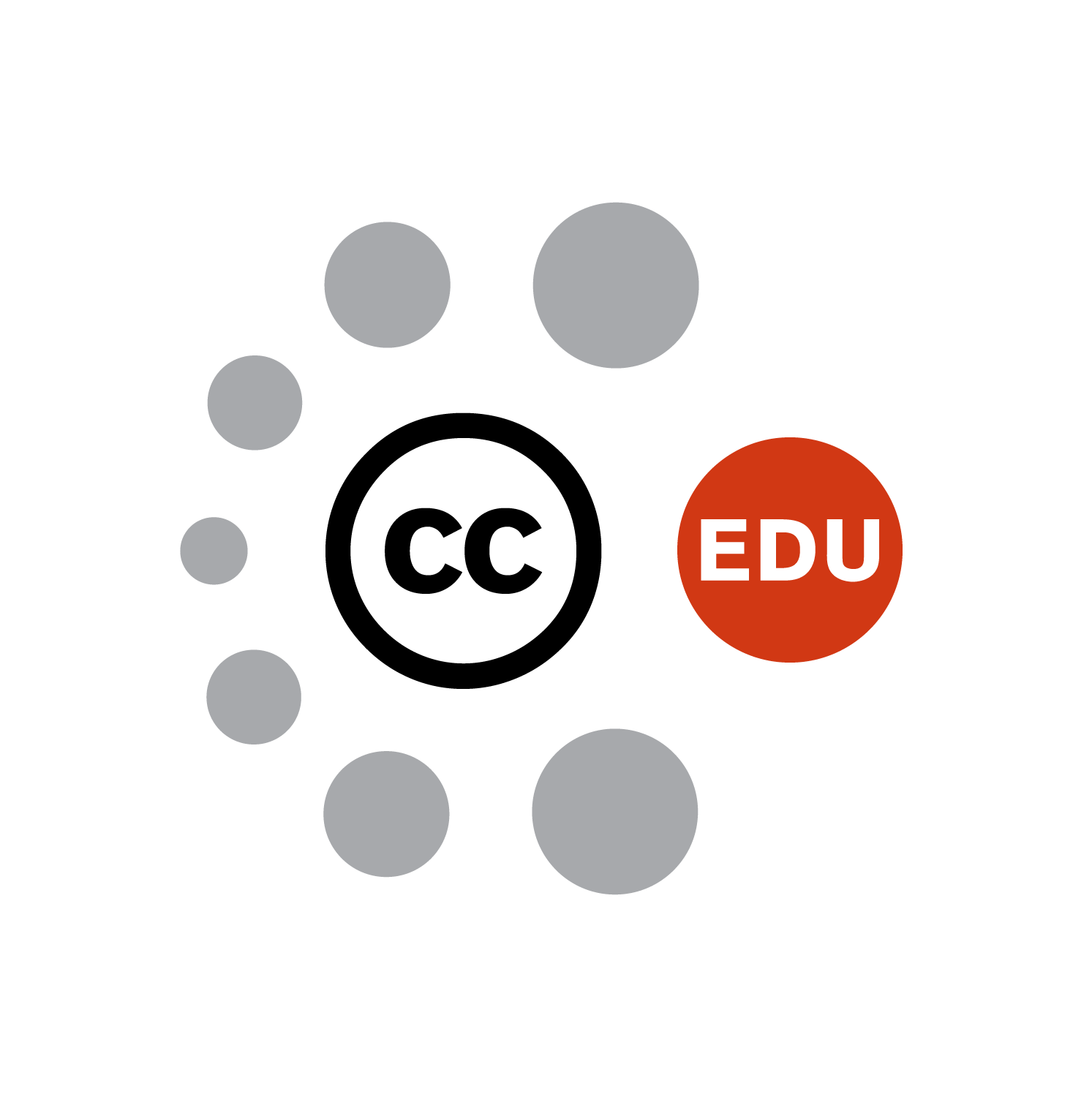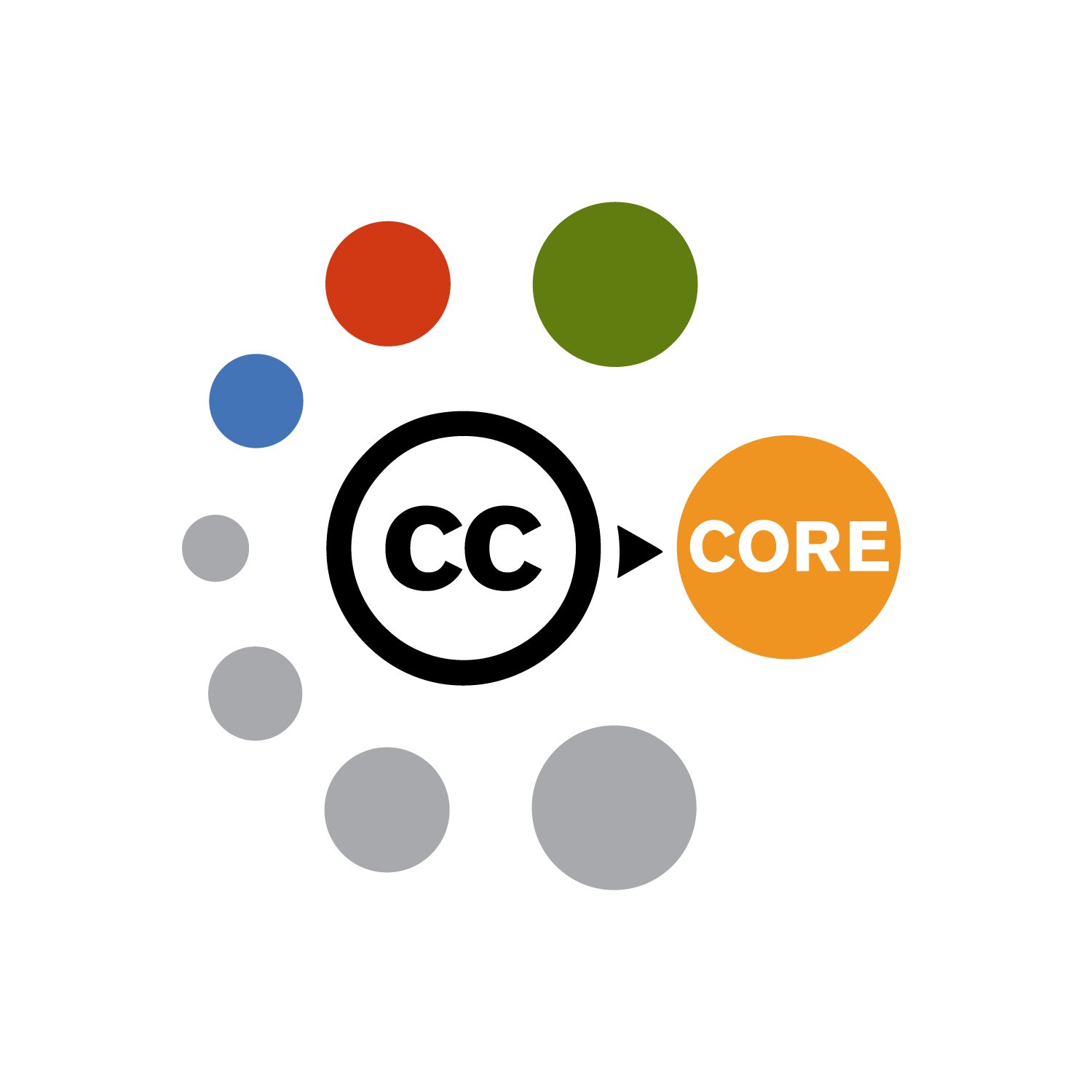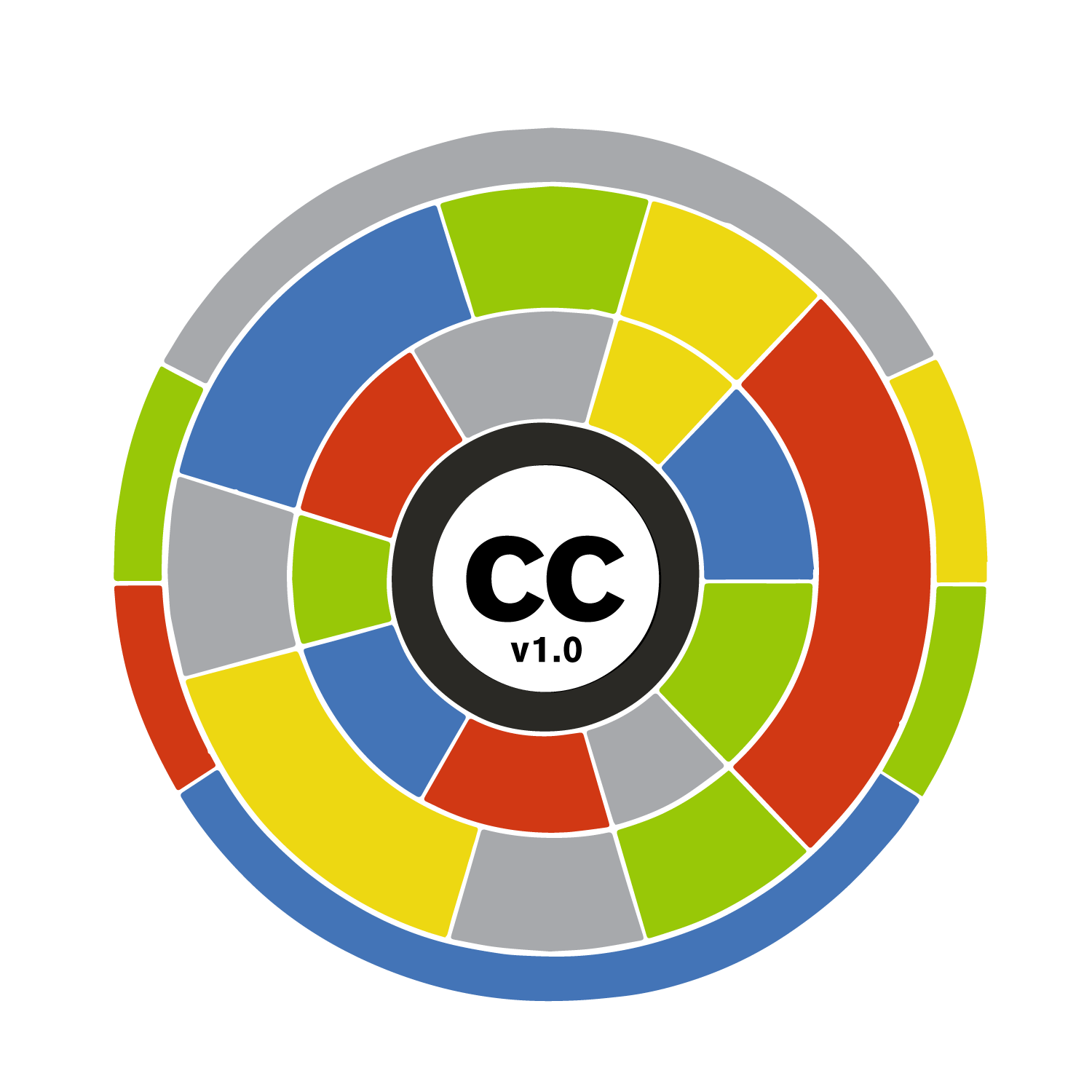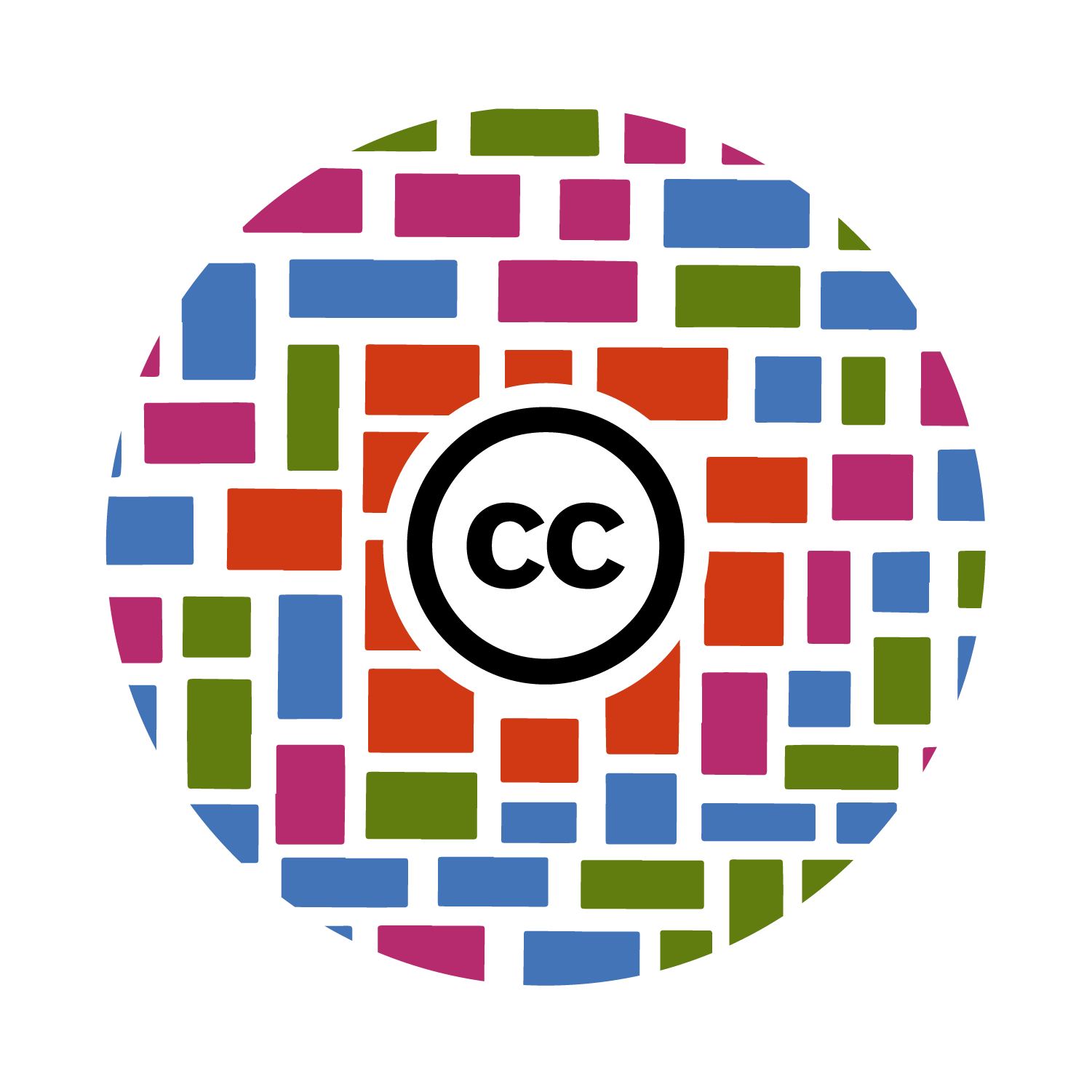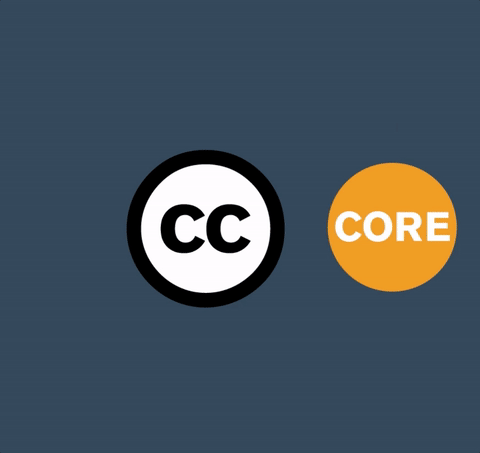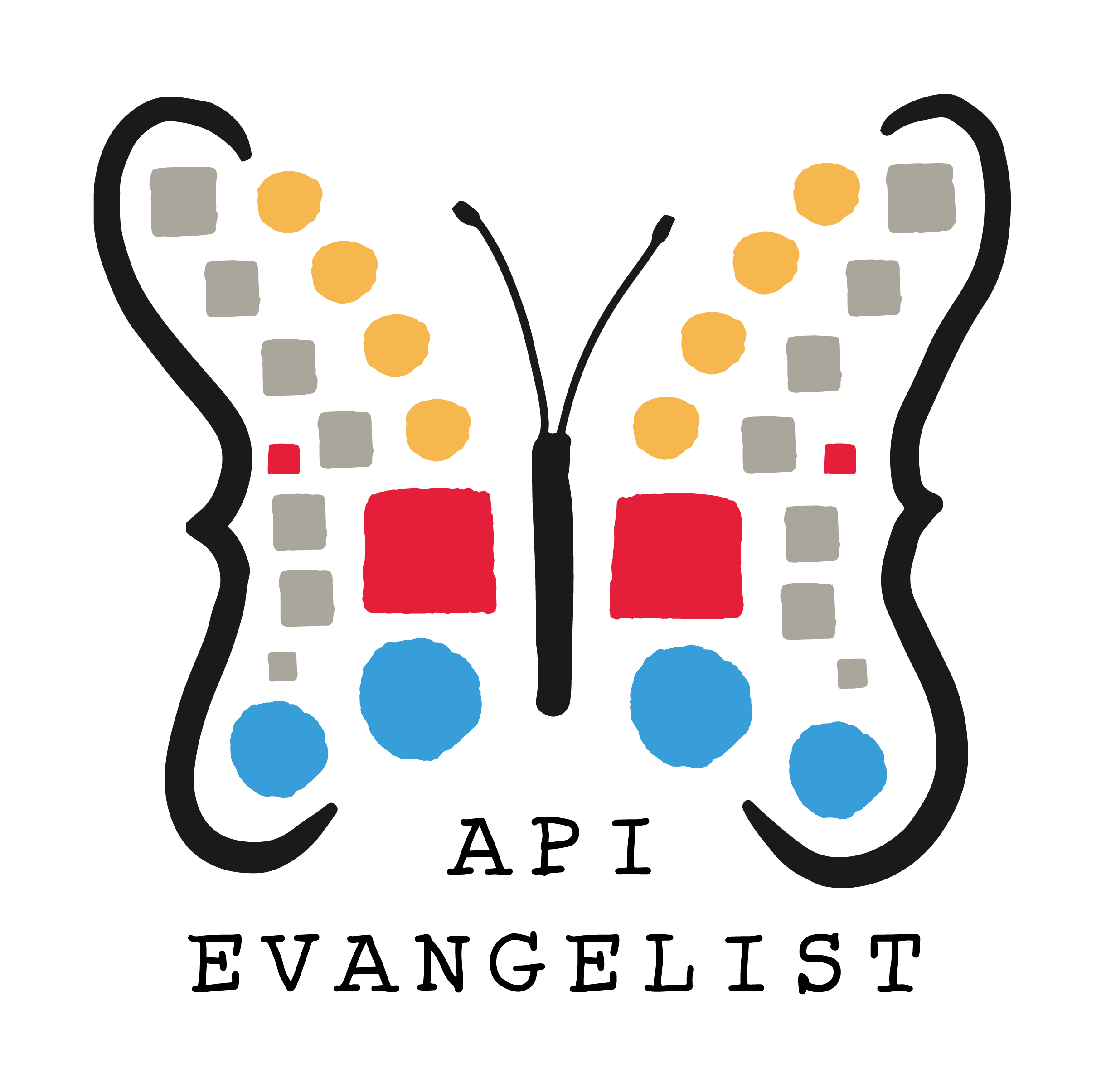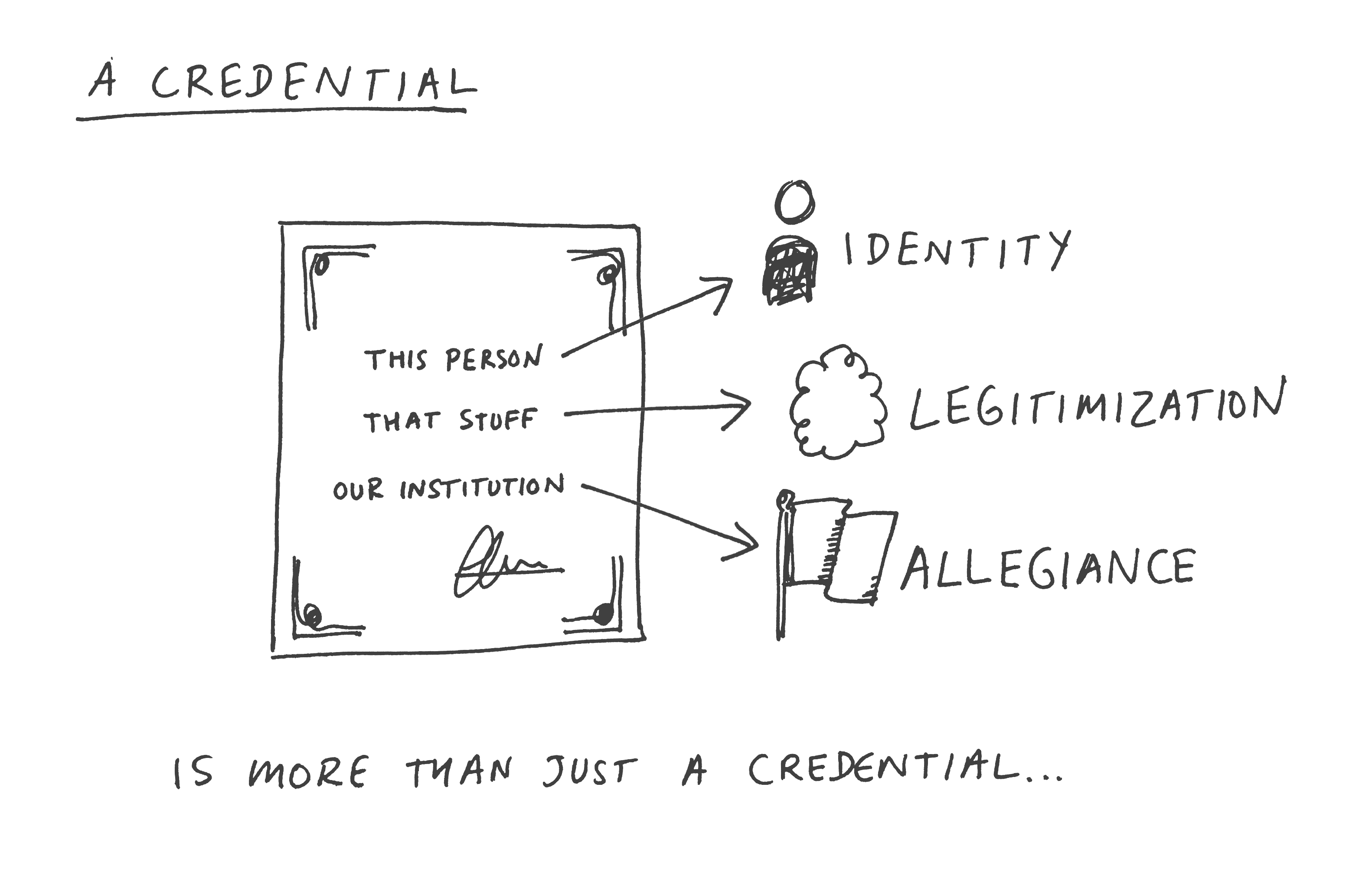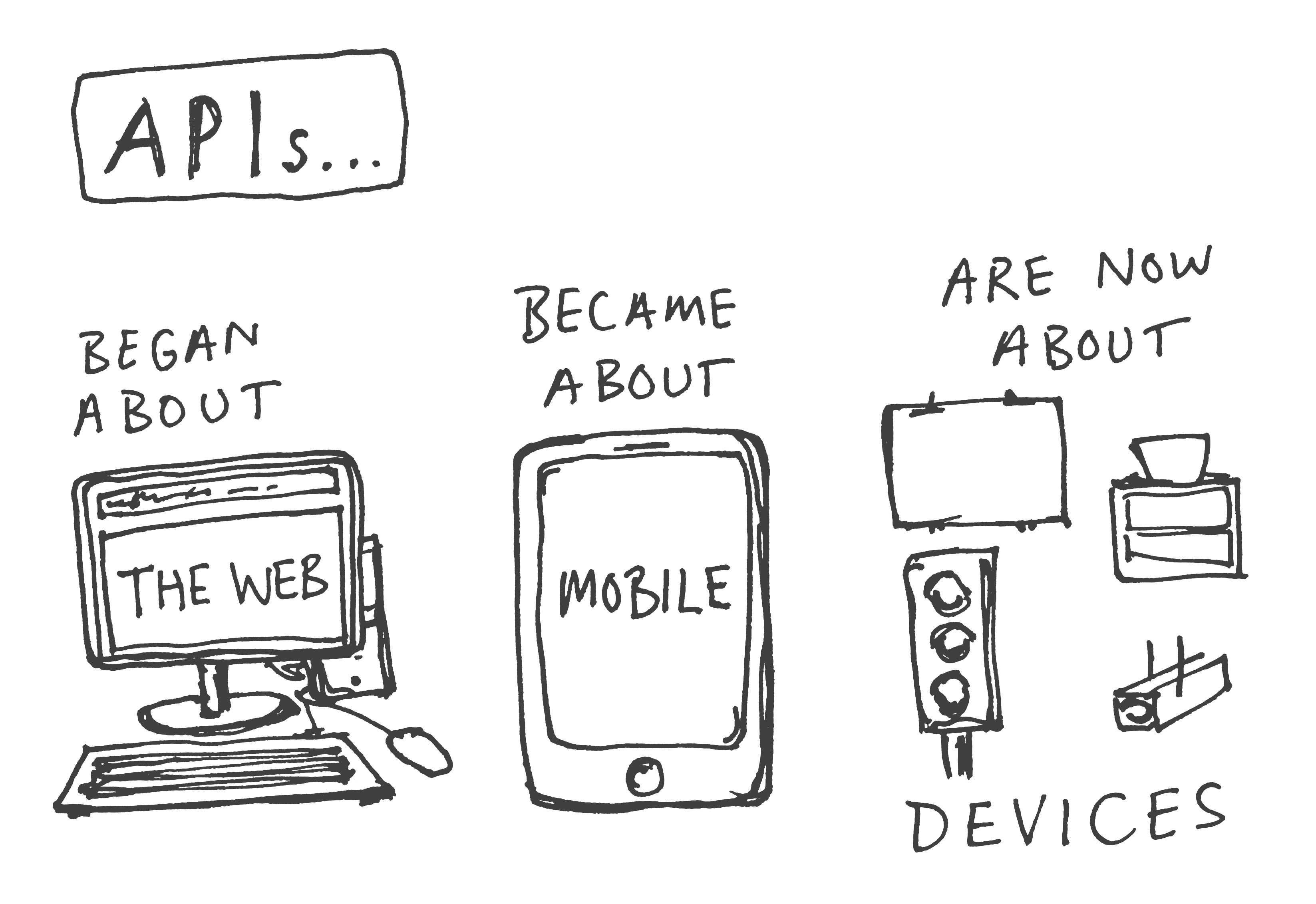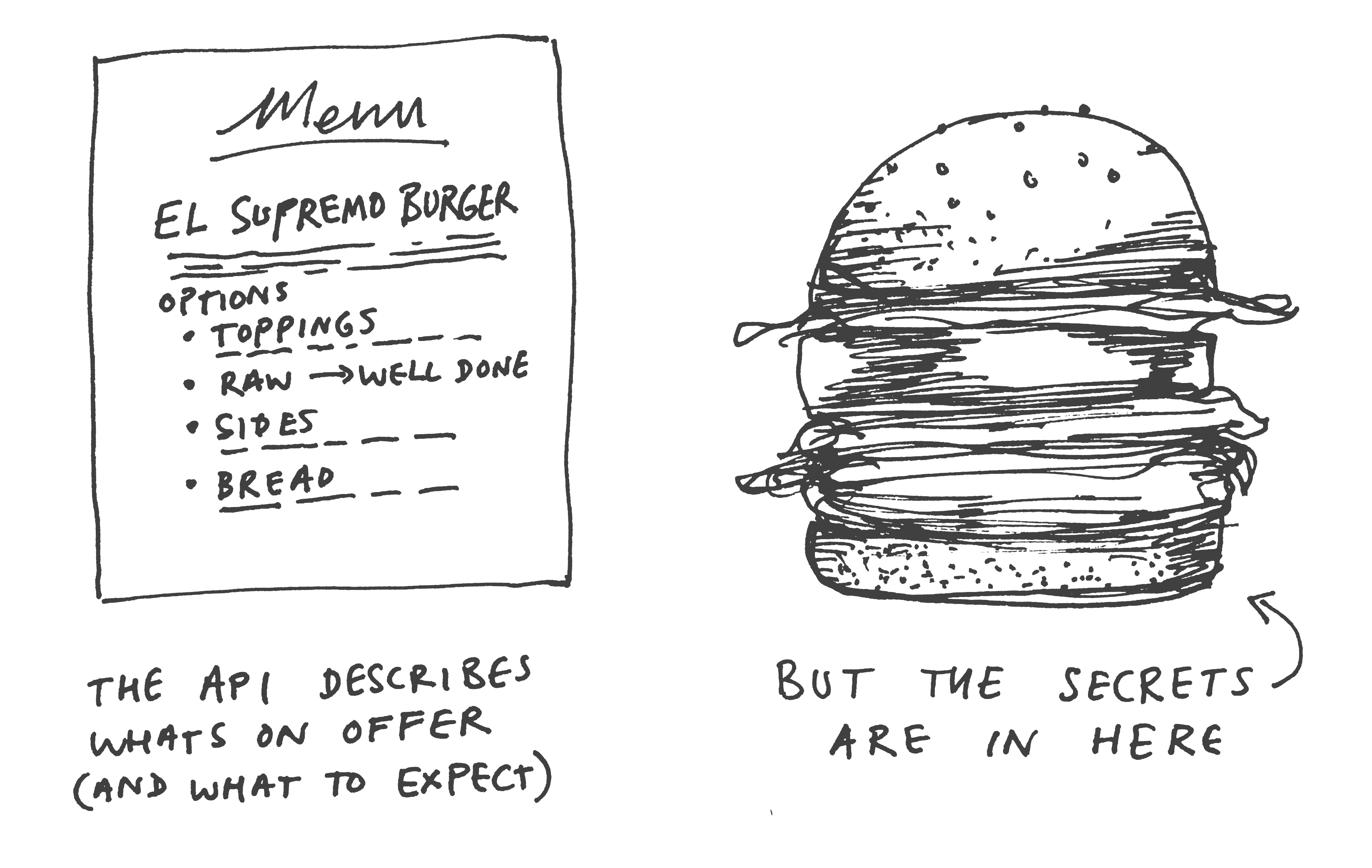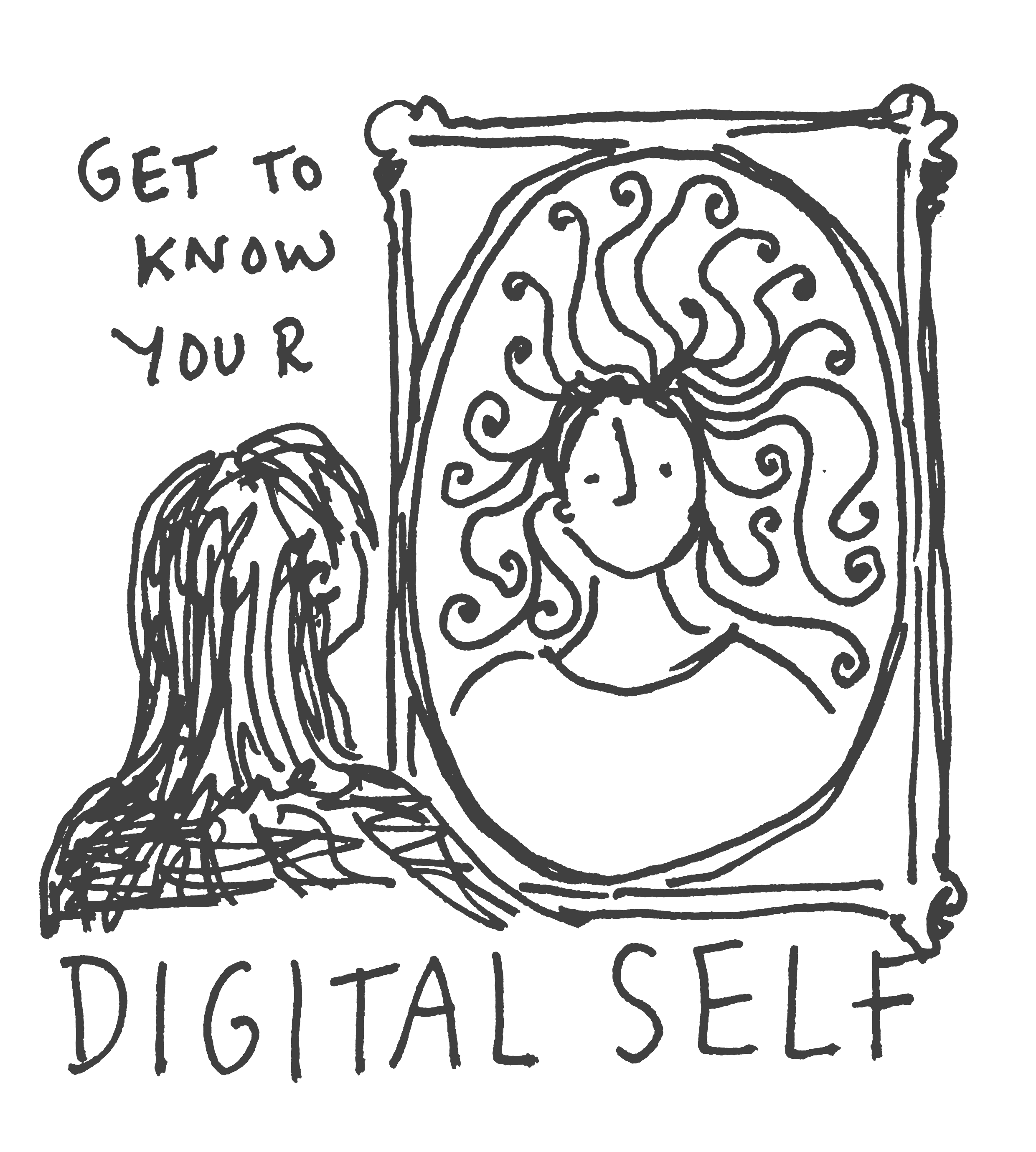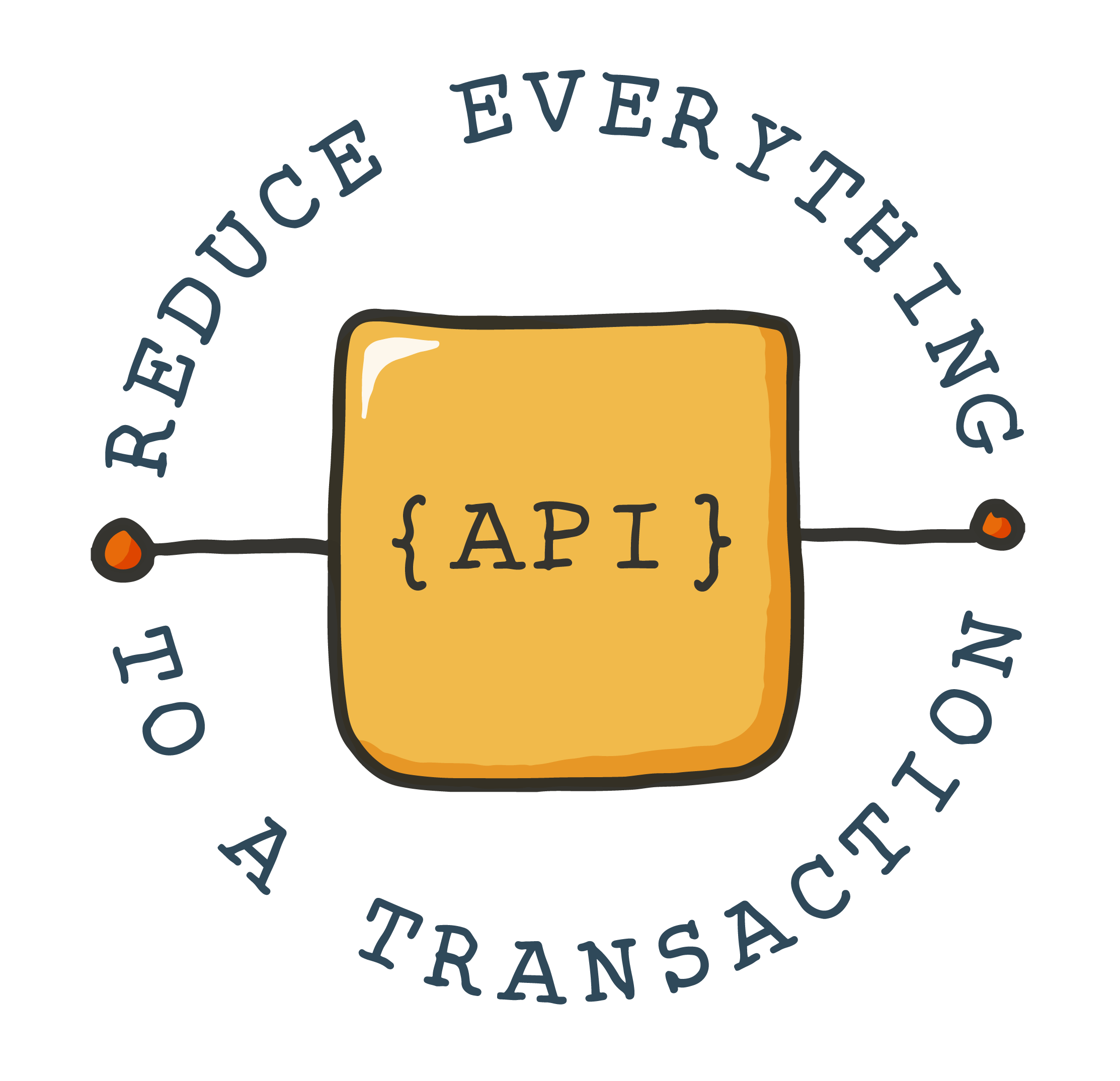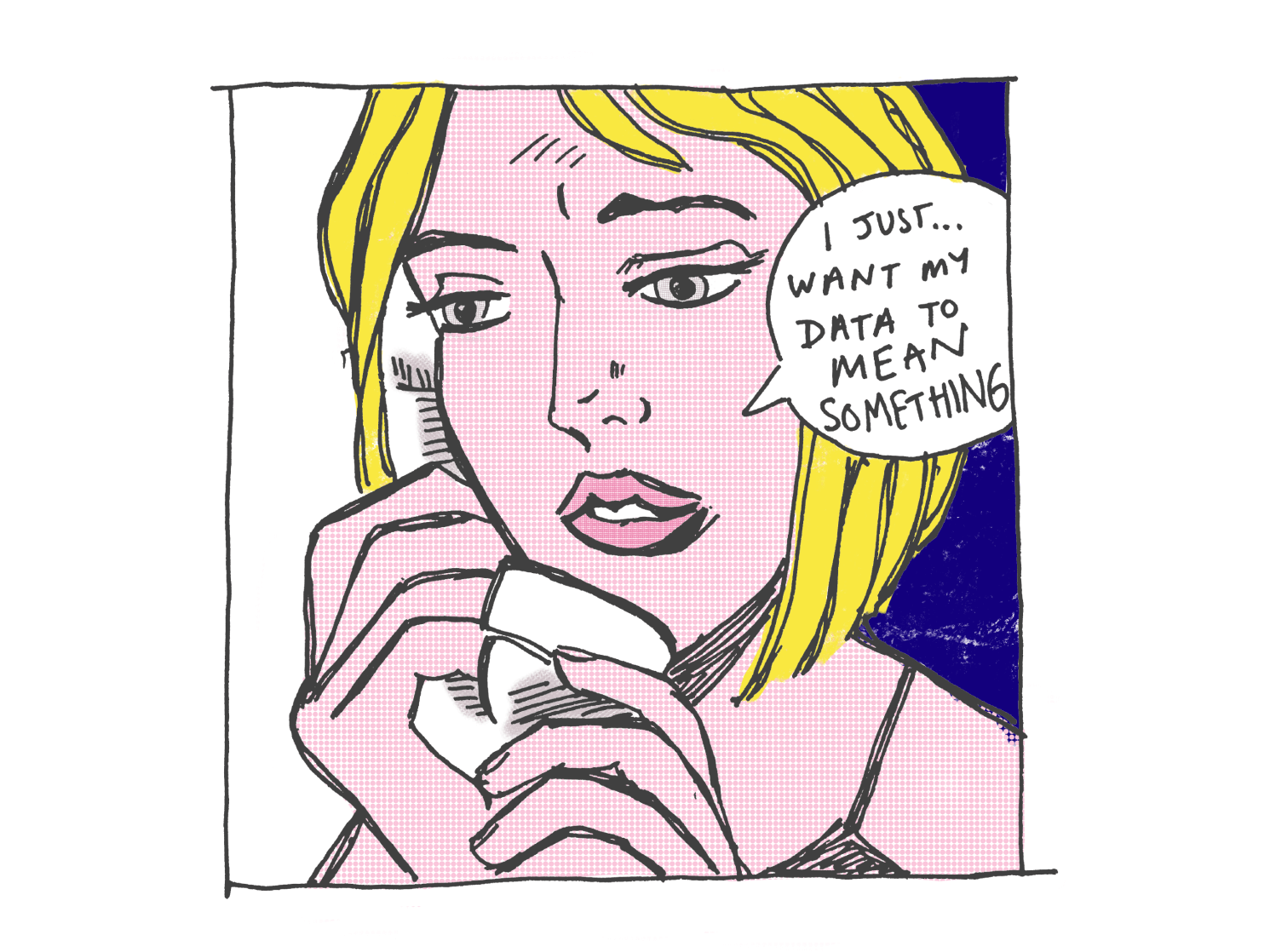GO-GN
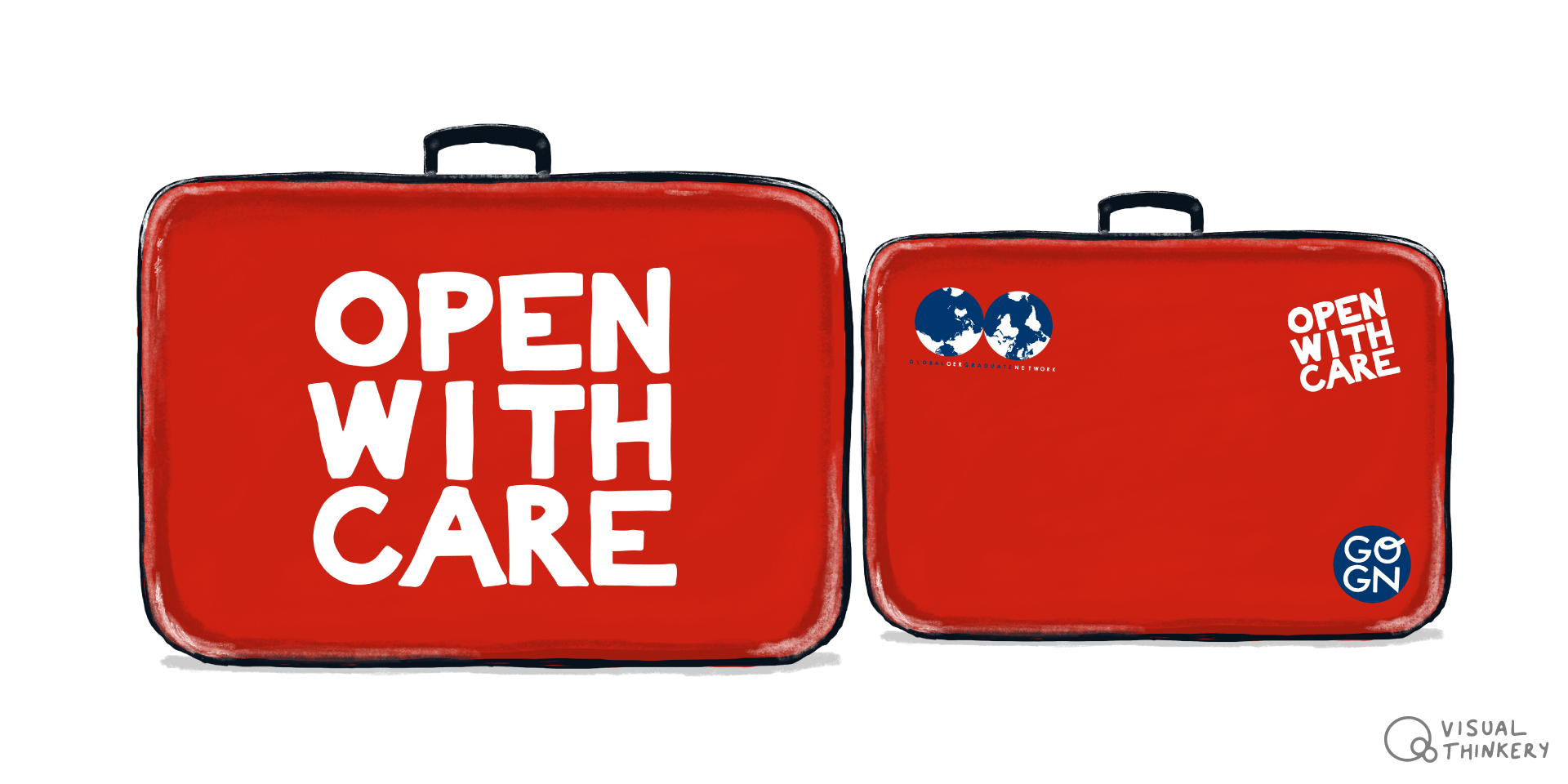
GO-GN
I love a wide brief. Getting people together, and using dialogue to see what we can be unearthed. GO-GN is a postgraduate research programme, connecting and furthering those involved in researching Open Education. They asked if I could help with a brand refresh, and create a set of visual assets along the way.
In order to capture all the voices, we took the approach of facilitating two conversations: one for participants and a second for the GO-GN team.
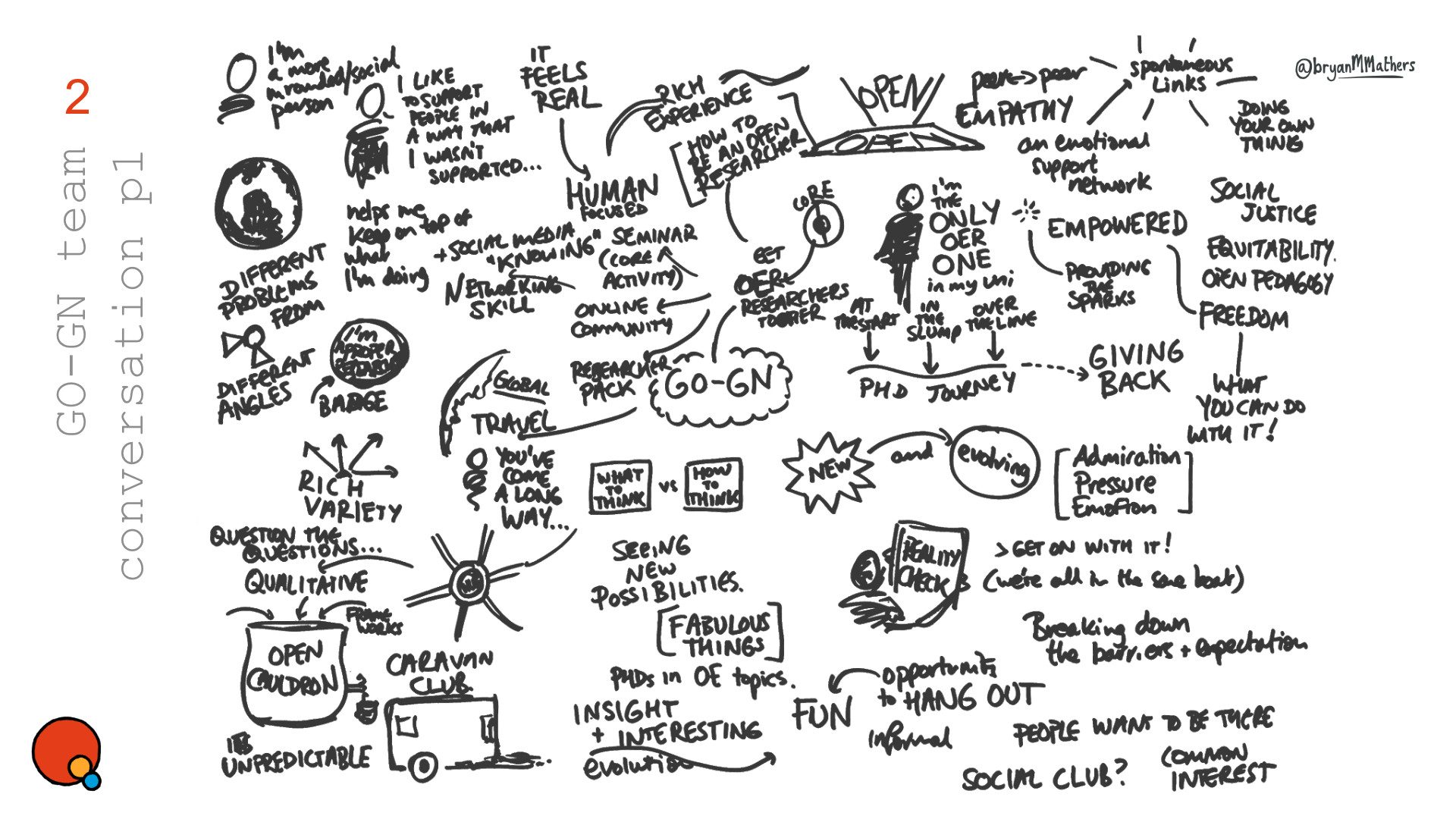
Ideas
A rich conversation also leads to many ideas. My aim is always to capture as many of them as quick sketches.
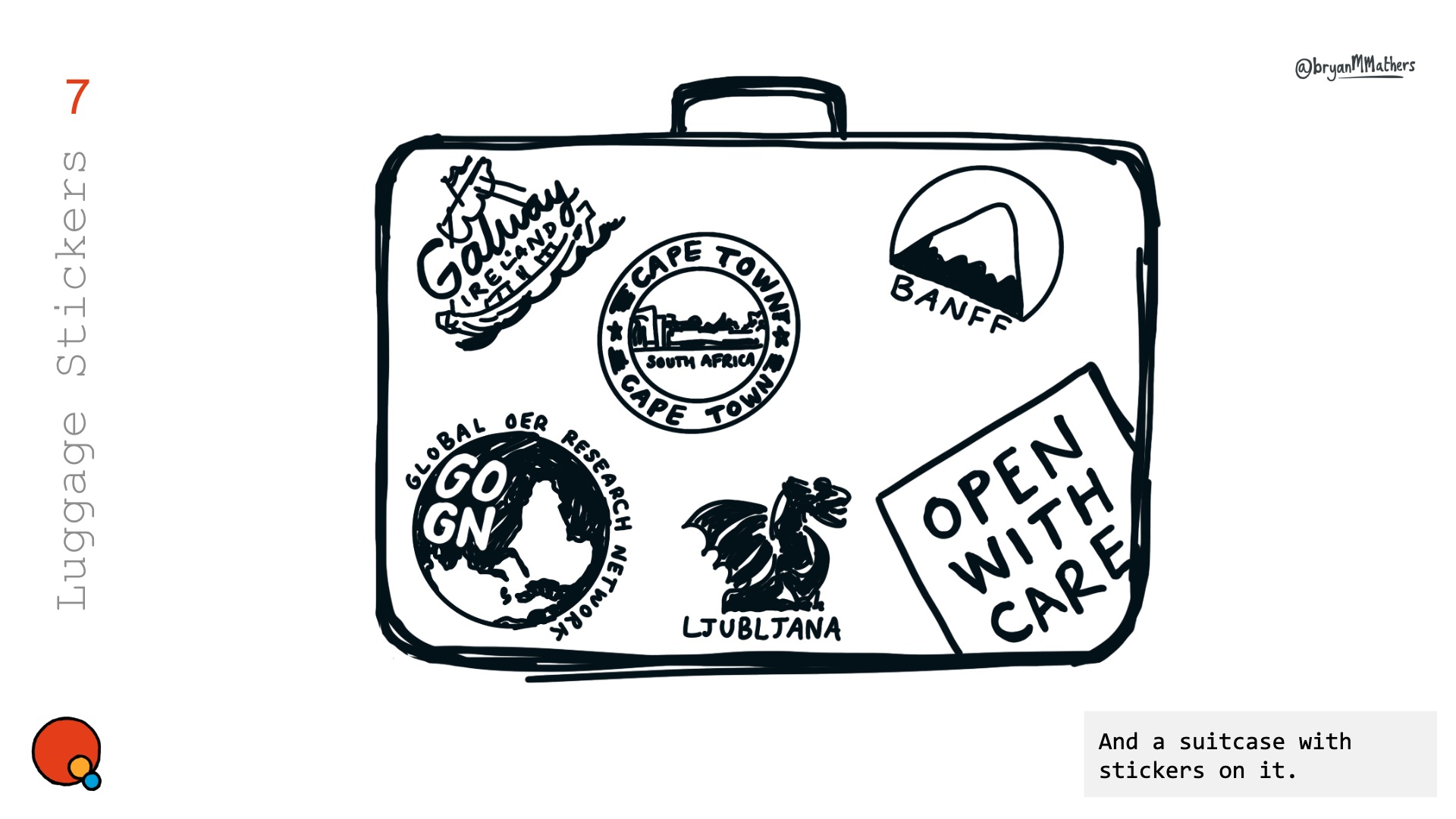
Creating a Visual Language
The trouble is, creating a fresh brand for an organisation is tricky. In some ways it’s like buying a bold new coat. Liking it isn’t enough. You’ve actually got to wear it. What are you as an organisation trying to say? To whom are you trying to say it? If you find an aesthetic that fits well enough, it can be used as a visual language, to communicate a feel which is sub-consciously absorbed.
One of the prompts in our discussion used a poster-making technique to unearth ideas from the participants on the call. An idea emerged relating to “the golden age of travel”, which led to us nailing down a bold visual language. It’s quirky yet intentional. It has momentum built in.
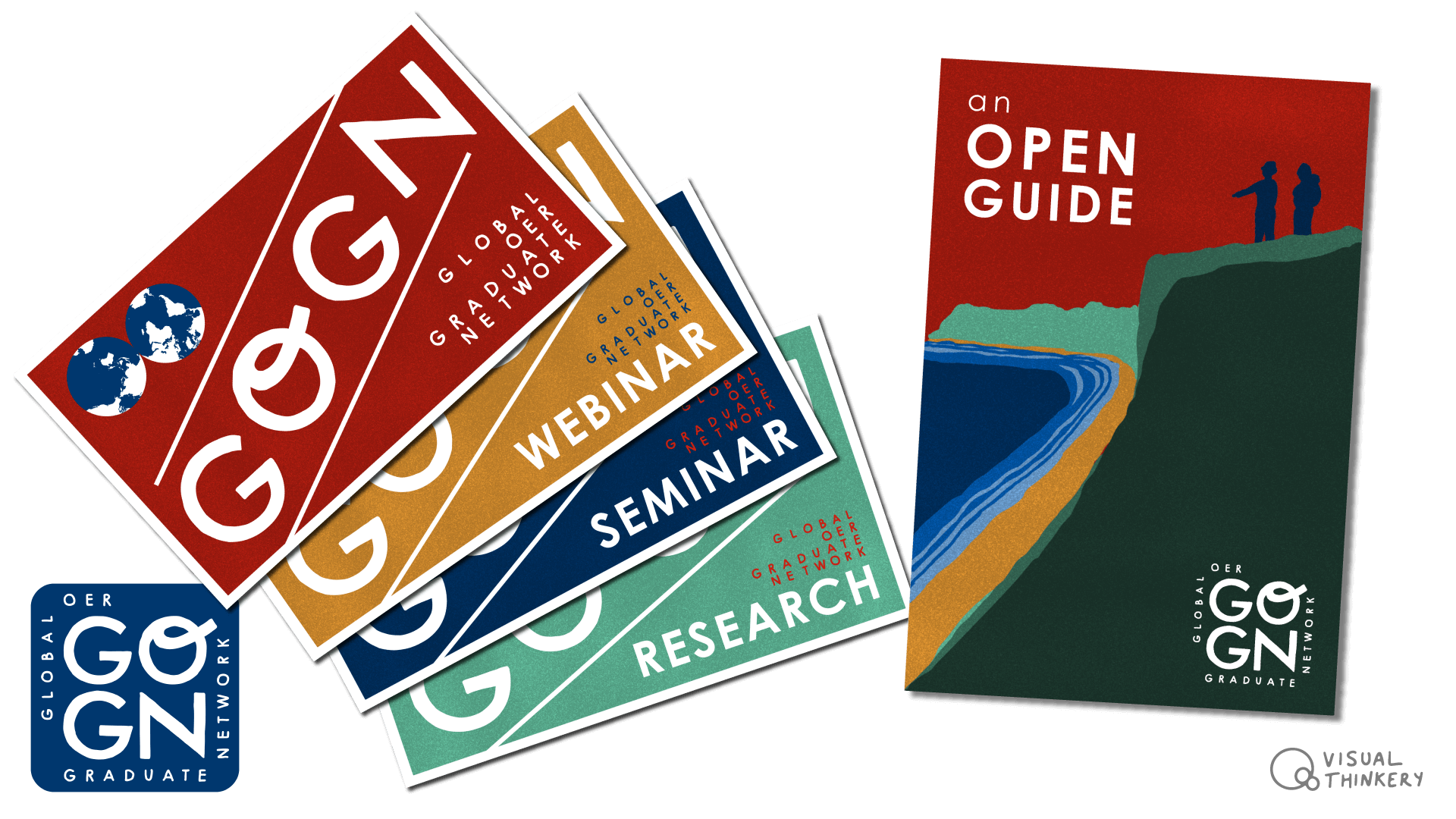
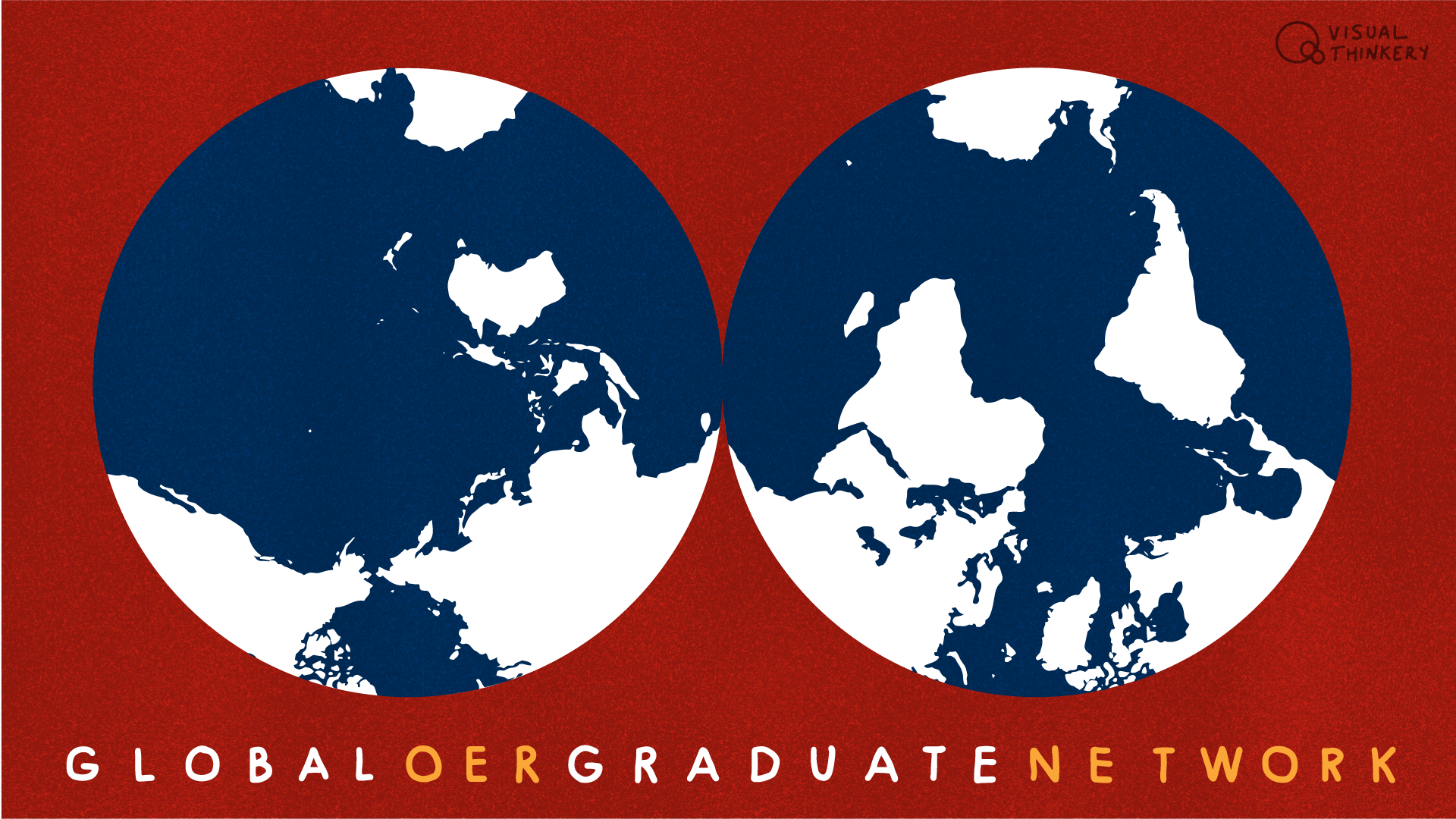
Listening with your eyes open
Video conversations underpin the Visual Thinkery 10 ideas process. By seeing someone as they talk, it’s possible to hear a richer voice. One of the participants in the call, Caroline Kuhn, used this gesture while speaking of the care and respect that exists in the GO-GN network. And it had to be drawn…
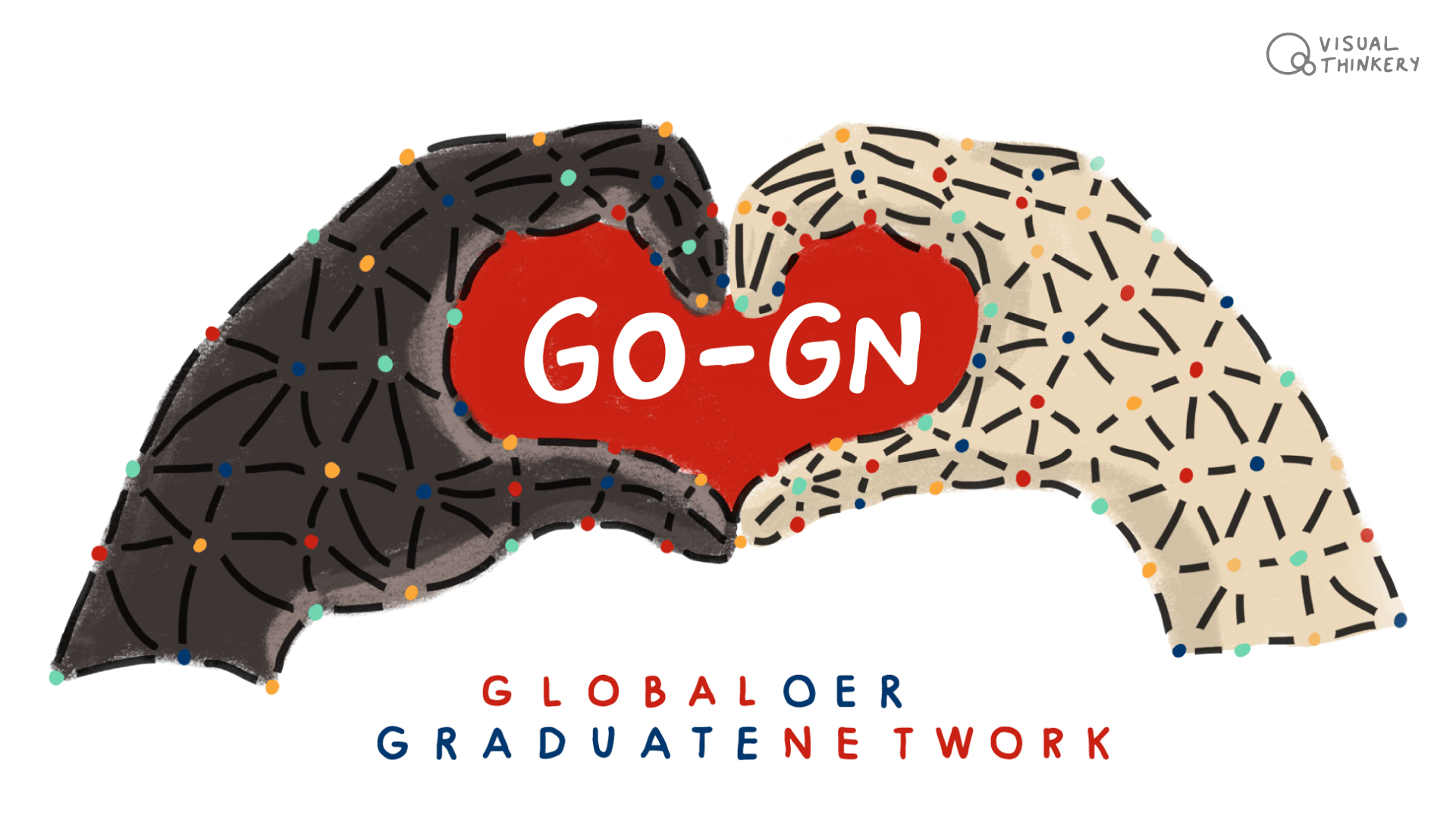
Read next
Here are some other projects you might be interested in.

